What Is Headless Commerce? Explained in 5 Minutes







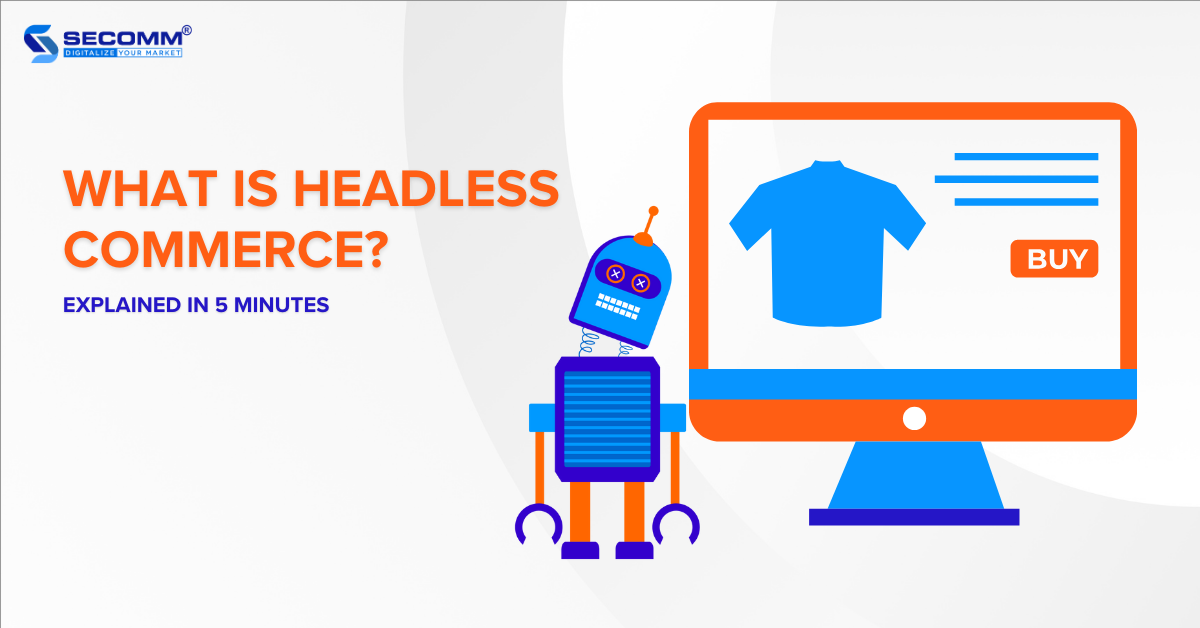
When learning the significant changes in eCommerce over the past decade, one concept that cannot be ignored is Headless Commerce. It isn’t a mere trend; rather, it presents a revolutionary solution for how businesses implement eCommerce, aiming to provide flexibility and enhanced efficiency in delivering a seamless shopping experience for customers.
The following statistics contribute to proving that Headless Commerce is one of the fastest-growing trends in eCommerce:
- Headless Commerce deployment has increased by 50% in the past two years.
- By 2025, 35% of businesses plan to transition from the Traditional Commerce model to Headless Commerce.
- 60% of top retailers in North America are predicted to implement Headless by 2025.
- Headless Commerce platforms have seen a 40% increase in usage during the Covid period.
- Businesses implementing Headless report a 20% reduction in website loading time and an average revenue increase of 24%.
So, what is Headless Commerce, and why is it considered a modern and flexible approach to eCommerce deployment? Let’s explore this in the following article.
1. What is Headless Commerce?
Headless Commerce is an eCommerce architecture that separates the user interface (Frontend) from the data management and functionality (Backend) of an eCommerce website. This separation allows the frontend and backend to be built entirely independently and connected through eCommerce Application Programming Interfaces (APIs).
Going Headless allows you to use any technology or tool you prefer to design and customize the user interface without being dependent on the existing eCommerce platform. You can also update and modify the backend without affecting the frontend.
Learn more: Everything to know about eCommerce APIs
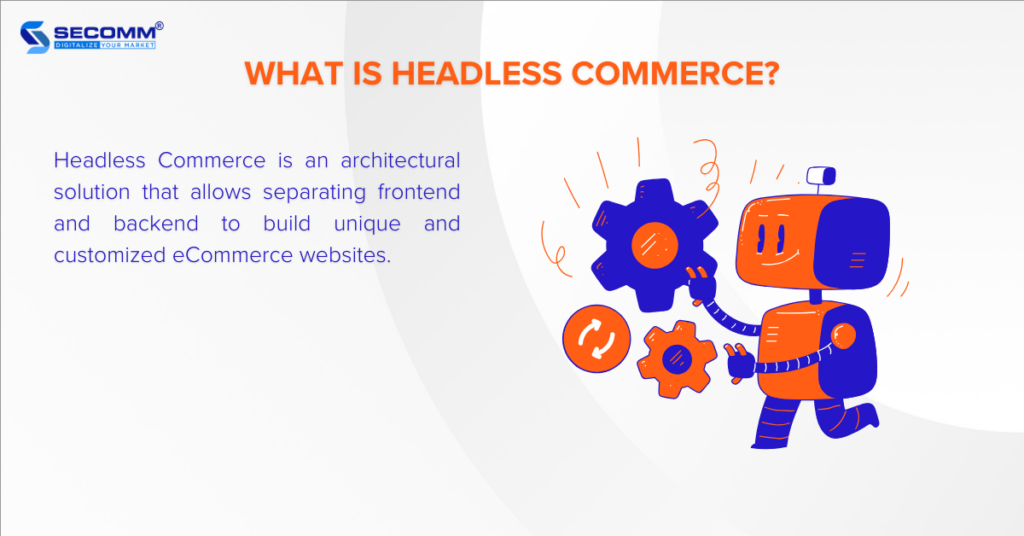
2. What is the difference between Headless Commerce and Monolithic Commerce?
Trước khi giải pháp Headless Commerce, hầu hết các website thương mại điện tử đều được xây dựng với kiến trúc Monolithic – tức là phần frontend và backend được liên kết chặt chẽ với nhau trong một hệ thống duy nhất. Đây là cách tiếp cận truyền thống và đơn giản, giúp doanh nghiệp dễ dàng xây dựng và quản lý website thương mại điện tử của mình.
However, Monolithic Commerce comes with several limitations, especially when you aim to develop and scale your eCommerce systems. Some common issues encountered when implementing Monolithic Commerce include:
- Limited Customizations: The tight integration between the frontend and backend in Monolithic Commerce imposes constraints when you want to redesign or modify features on your website. So, you have to customize both parts which leads to compatibility and performance issues.
- Limited Scalability: When an eCommerce website experiences a significant increase in the number of products, transactions, and traffic, you need to upgrade and expand the system to meet the growth requirements. The Monolithic architecture makes this process difficult and expensive, as you are required to update the entire system, potentially resulting in a temporary suspension of eCommerce website operations
- Lack of innovation and competition: In the digital age, you should update your eCommerce websites with new technological trends to innovate and enhance, aiming to attract and retain customers while gaining a competitive edge. However, the Monolithic Commerce model hinders this process, as any minor change can affect the entire system, potentially causing unintended errors or issues and requiring a slow and cautious approach.
In contrast to Monolithic Commerce, Headless architecture brings several benefits when developing eCommerce. Some of these include:
- Easy Customization: In the Headless Commerce model, you are free to use your preferred development technologies and tools to build a comprehensive eCommerce system from frontend to backend, aiming to deliver a unique and appealing shopping experience for customers. Plus, you can easily modify either the frontend or backend without affecting the other or the overall operation of the entire system.
- Easy Scalability: Headless Commerce provides you with a seamless way to scale your eCommerce website. You can effortlessly adjust or streamline integrations in the backend to meet demand or integrate with diverse sales channels, creating multiple frontends (websites, mobile apps, IoT) that operate seamlessly on a unified backend system through APIs. This flexibility allows you to reach a wider audience, boost conversion rates, and drive increased revenue.
- Boost Innovation & Competition: Going Headless allows you to swiftly and flexibly innovate and enhance your eCommerce websites. You can freely experiment with new features or integrate with diverse third-party systems without concerns about compatibility and performance issues. Moreover, you can integrate cutting-edge technologies like artificial intelligence (AI), machine learning (ML), and virtual reality (AR/VR) to deliver an optimized experience for customers.
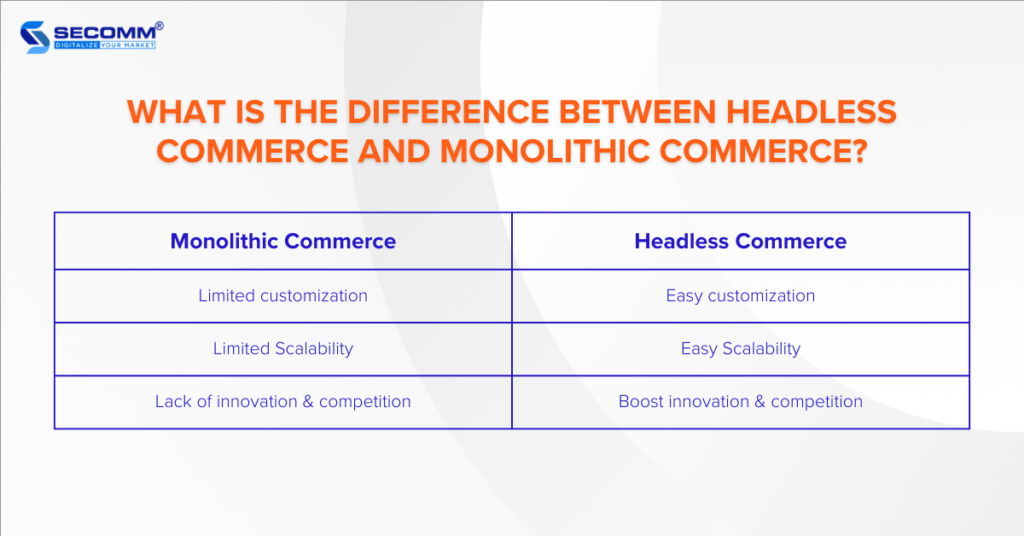
3. Top 5 Benefits of Headless Commerce
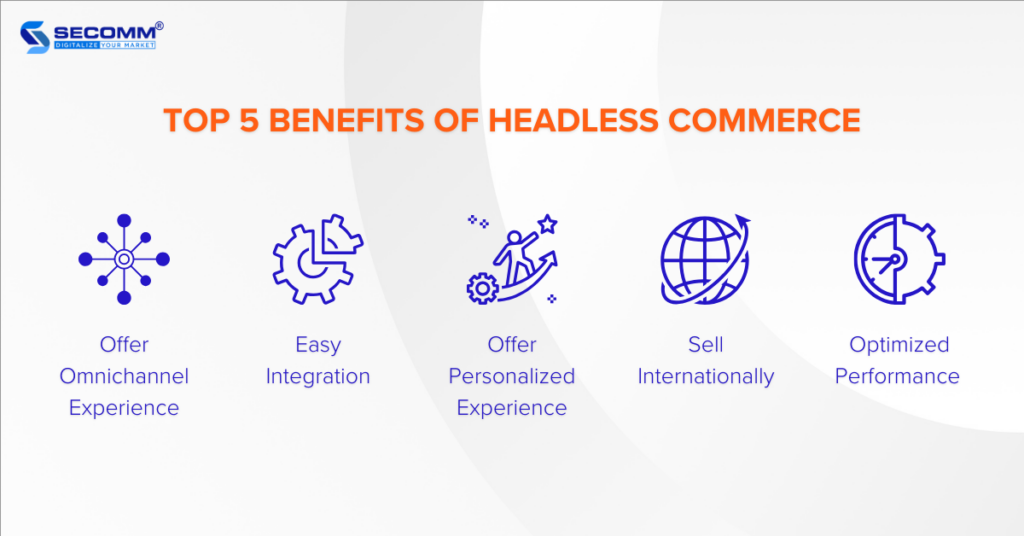
Offer Omnichannel Experience
The Headless Commerce model allows you to customize and create a unique user experience across various channels (website, mobile app, IoT). This not only avoids impacting the backend system but also helps you reach more potential customers and boost conversion capabilities.
Easy Integration
You can effortlessly integrate and merge various third-party systems (CRM, CMS, ERP, DXP) into the backend using APIs. This integration enhances the efficiency of managing and executing eCommerce activities, enabling you to leverage the superior capabilities of multiple services without concerns about website compatibility or performance issues.
Offer Personalized Experience
Through seamless integration with various systems, you can collect and consolidate customer data from various sources such as CRM, advertising campaigns, or data from previous shopping experiences.
Going Headless, you can create a customized interface based on customer data and personal information, displaying unique content, products, and messages for each customer based on their preferences, shopping behavior, and transaction history.
Sell Internationally
Deploying Headless Commerce enables you to expand your operations into international markets by adapting their activities to effectively cater to diverse markets. Specifically, you can customize the user interface, manage content, and offer distinct views for each customer segment in various markets.
Moreover, you can seamlessly integrate local options for payment, delivery, language, and currency to enhance the local customer experience.
Optimized Performance
In the Headless architecture, the frontend and backend operate independently through APIs, allowing businesses to optimize the performance of both parts. For example, you can enhance the navigation and page loading speed of frontends (website, mobile app, IoT) without heavily relying on the backend’s performance.
Similarly, you can optimize the backend to efficiently handle product requests, transactions, or inventory without impacting the page loading speed of the frontends
4. Does Headless Commerce suit all types of businesses?
Headless Commerce is a highly innovative eCommerce solution. However, that doesn’t mean this solution is suitable for every business. Therefore, before deciding to implement Headless for an eCommerce website, you need to consider the following factors:
- Business objectives: You need to clearly define your business objectives and determine whether Headless Commerce can help achieve those goals. If the objective is to establish a straightforward and efficient eCommerce website, the Monolithic architecture might be sufficient and a more fitting choice. However, if the goal involves delivering customers a distinctive and seamless shopping experience across diverse sales channels, going Headless is recommended..
- Budget & Resources: You should carefully assess your budget and resources when implementing Headless Commerce. Since deploying Headless requires utilizing eCommerce APIs to connect the frontend and backend, you will need an experienced and highly skilled technical team to design, develop, and maintain these APIs, as well as to handle complex customizations. You also need to allocate funds for API services, hosting, security, and the integrations in use. Without sufficient budget and resources, businesses may face difficulties and risks of failure when implementing this model.
- Deployment & Golive: The Headless architecture is quite complex, so it will take a considerable amount of time to build, customize, and perfect an eCommerce website, potentially extending the planned go-live time. To mitigate this risk, you should schedule a detailed deployment timeline for each task that needs to be completed. Plus, you need to regularly monitor and update the APIs, frontend, and backend to ensure the system operates smoothly. Therefore, if you require a quick website go-live and have minimal need for extensive system adjustments, it may not be necessary to implement Headless Commerce at this time.
Ready to go Headless?
Over time, Headless Commerce has played a crucial role in reshaping how businesses implement eCommerce. This model provides you with many benefits in terms of customization, scalability, and delivering a multi-channel experience for customers. However, before deciding to deploy Headless, you’ll need to consider issues related to business goals, budget and resources, development needs, and the go-live timeline.
When ready to implement Headless, you’ll choose top platforms supporting Headless Commerce. One of these platforms is Shopify, a renowned SaaS platform that has introduced several solutions for businesses to deploy Headless.
- Shopify Hydrogen + Oxygen: This superior solution includes the Hydrogen framework based on React and the Oxygen hosting. It helps quickly and efficiently deploy a Headless eCommerce website.
- Commerce Components: This groundbreaking tech stack is developed specifically for large enterprises deploying Headless Commerce or Composable Commerce. This solution allows you to combine independent components to customize and enhance the eCommerce experience.
With extensive technical expertise and high specialization in the eCommerce domain, SECOMM has successfully consulted and implemented Headless Commerce using one of Shopify’s three solutions for leading enterprises such as Vinamilk, Suzuverse, and more.
Contact SECOMM or call directly at the hotline (02871089908) to explore how we can support businesses in maximizing the potential of Headless Commerce and enhancing competitiveness in the eCommerce market.






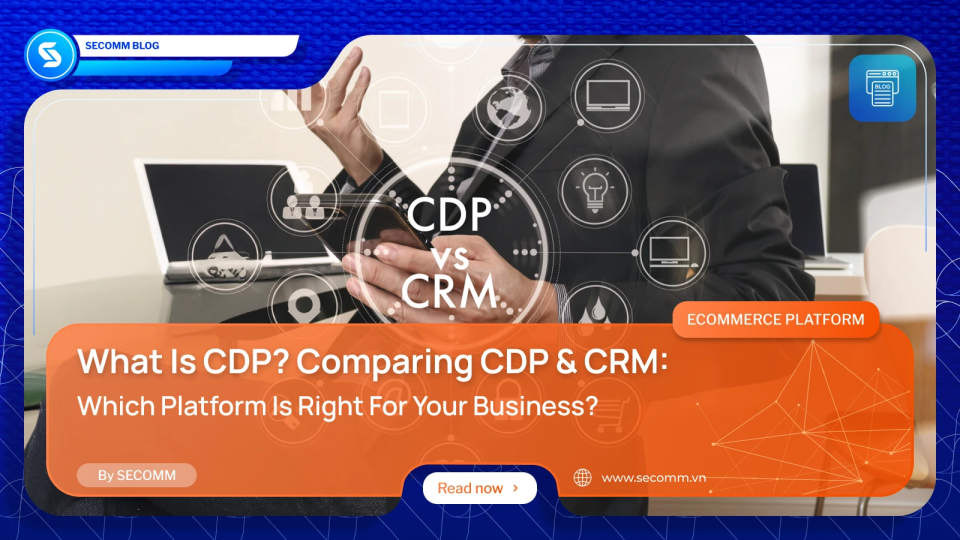
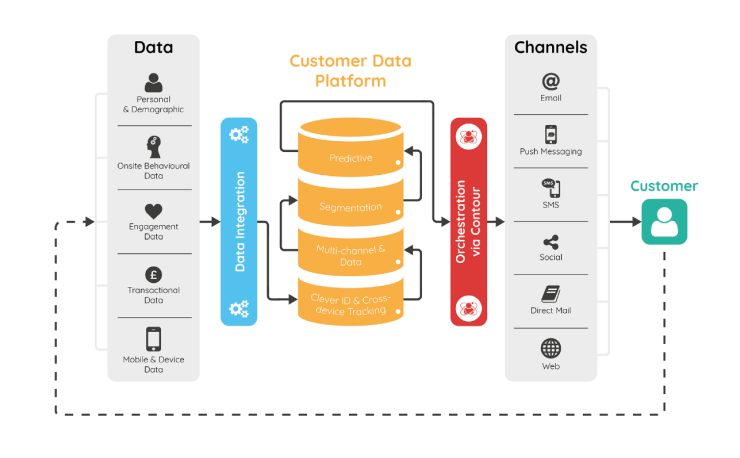
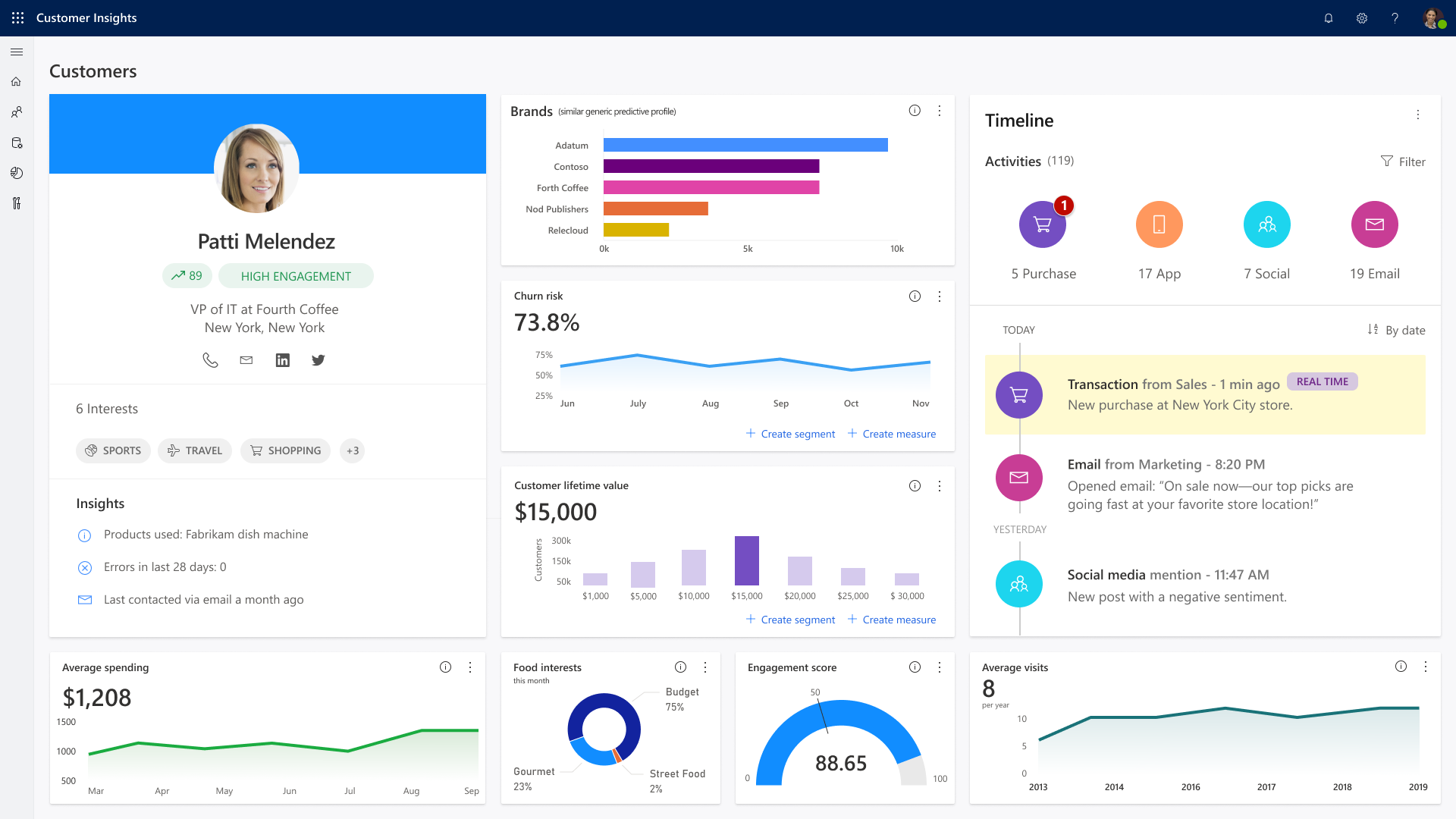

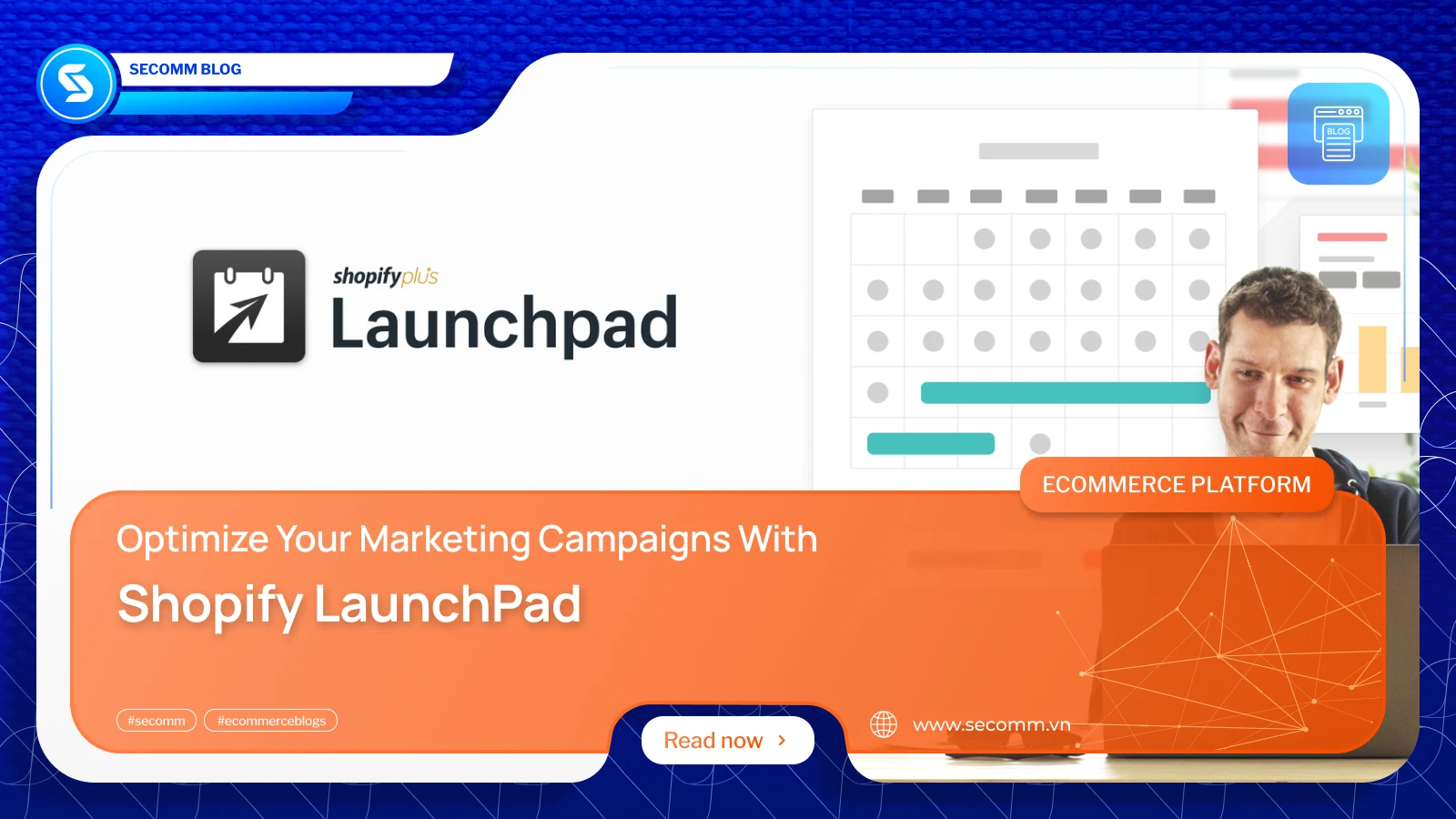

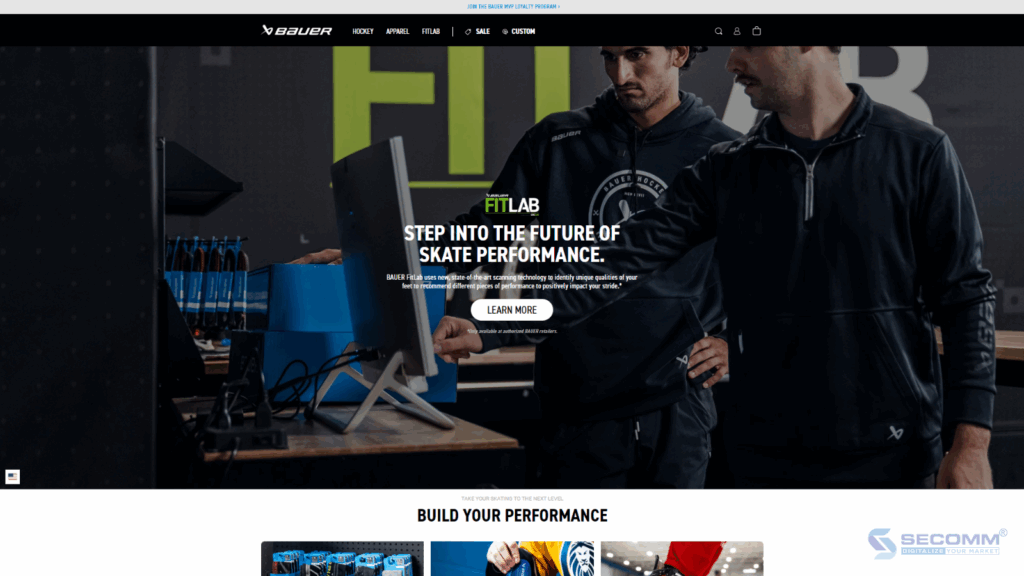
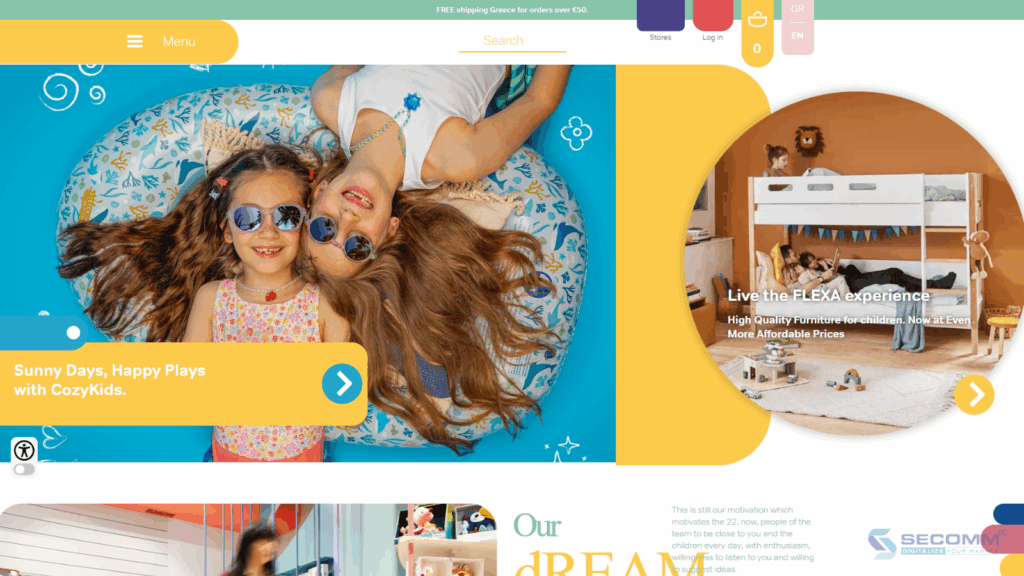
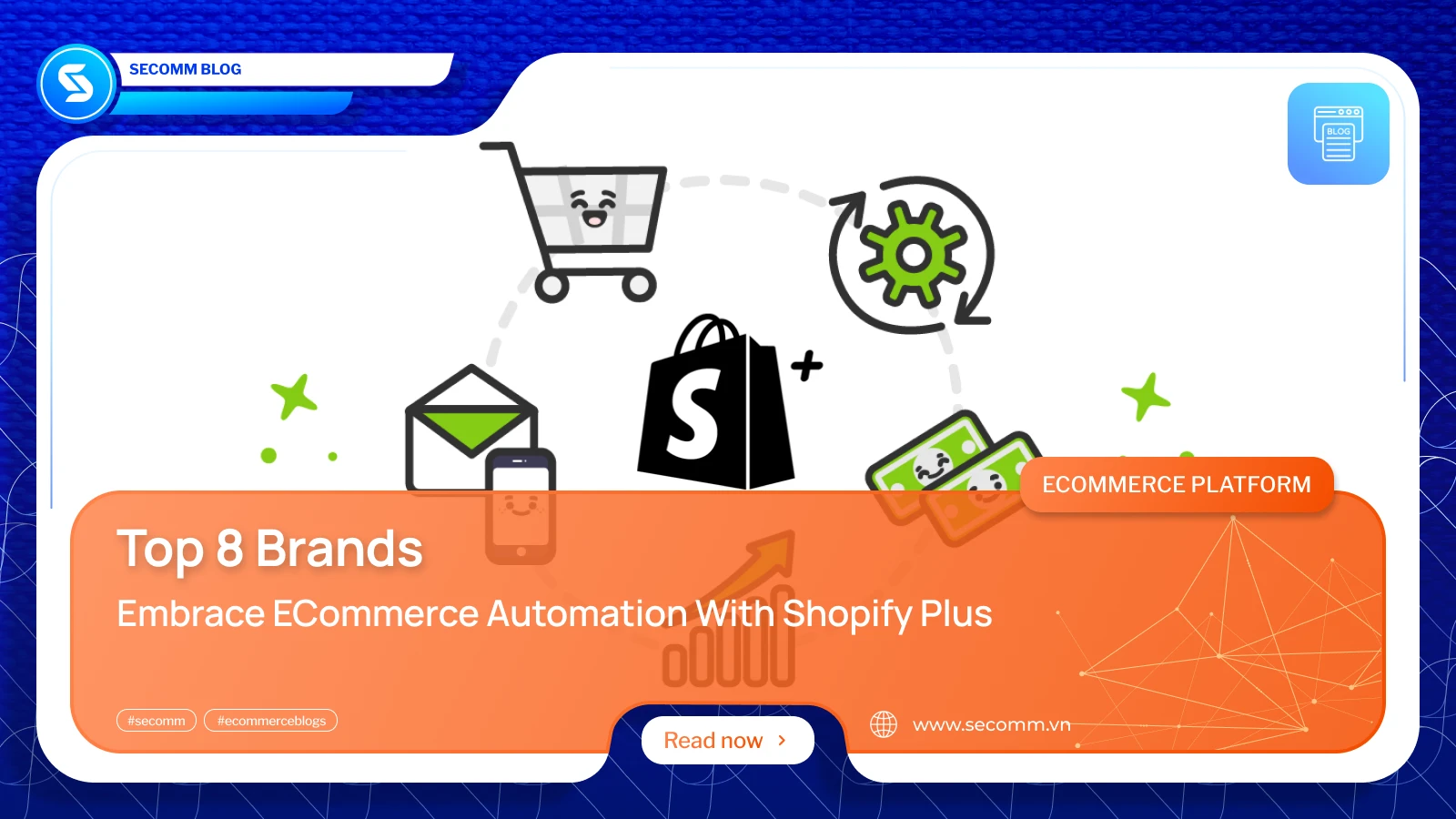
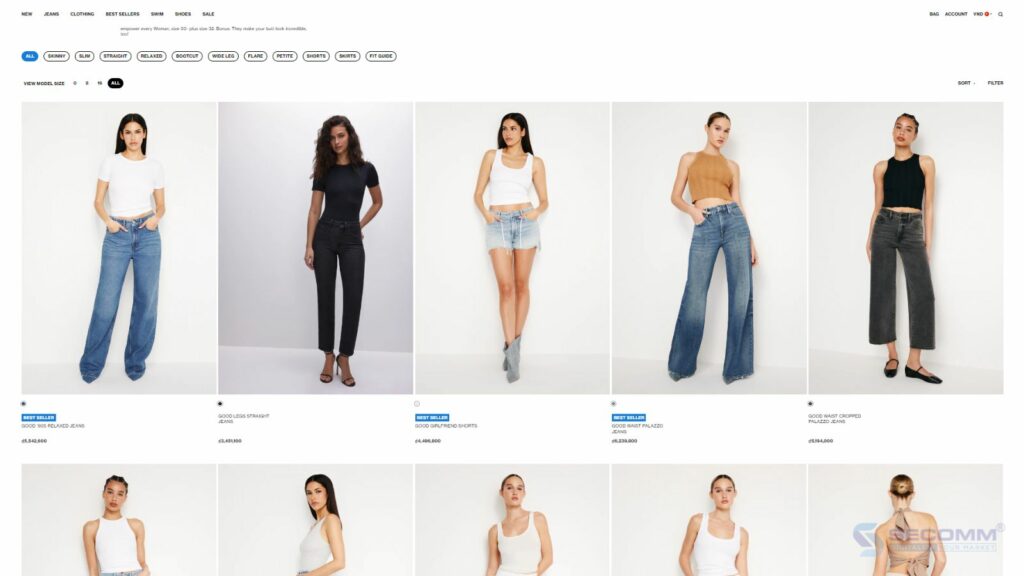
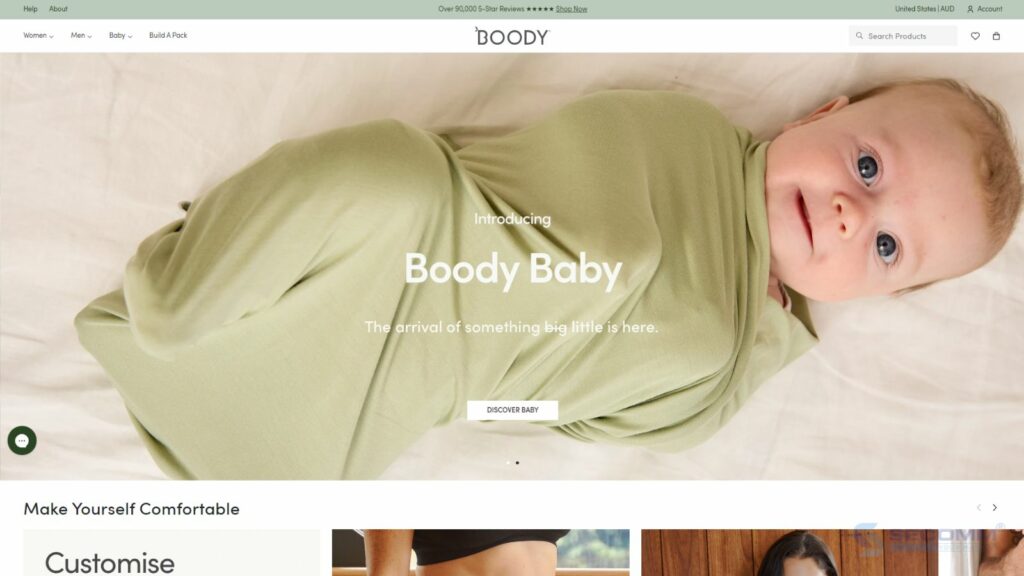
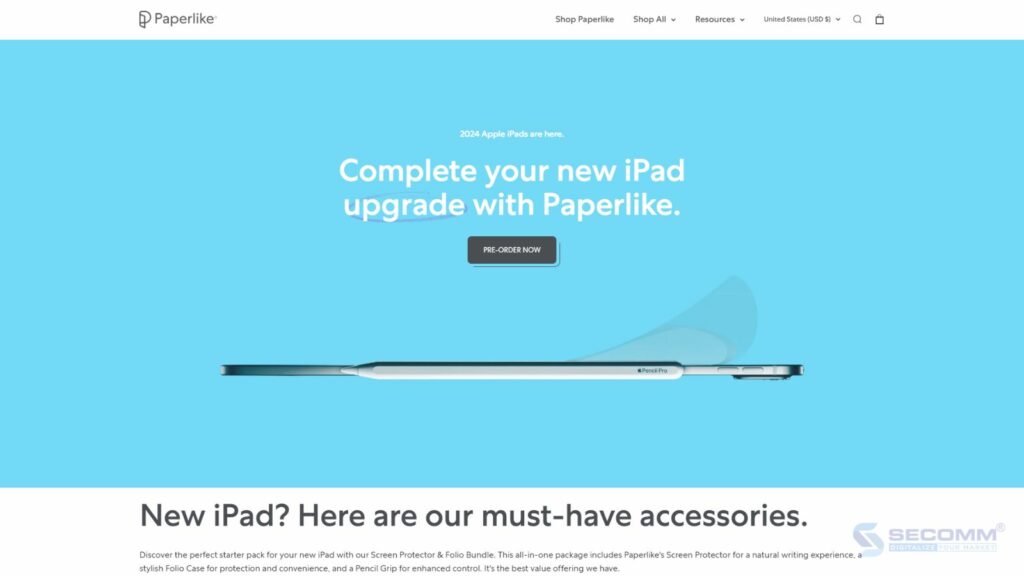
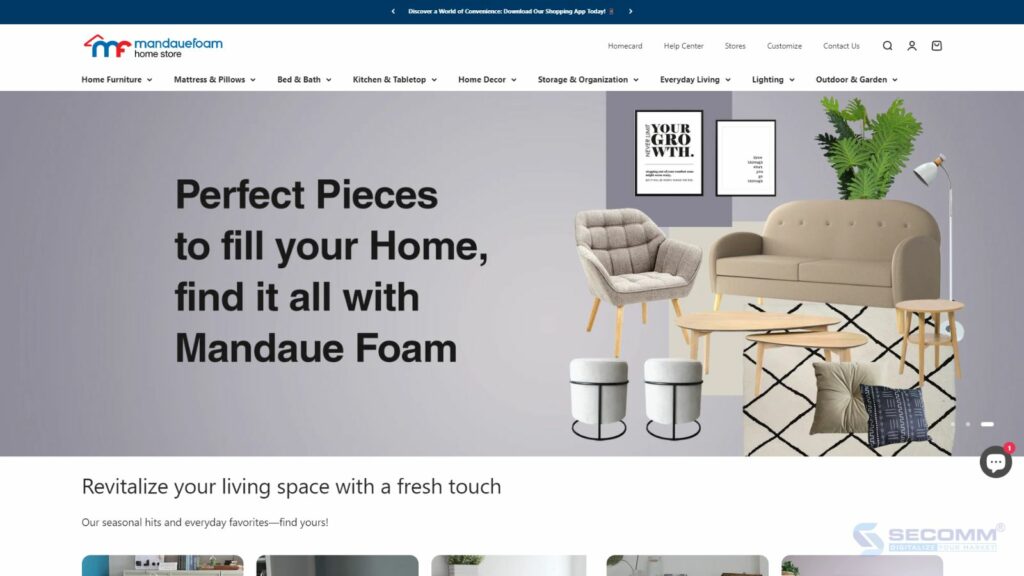
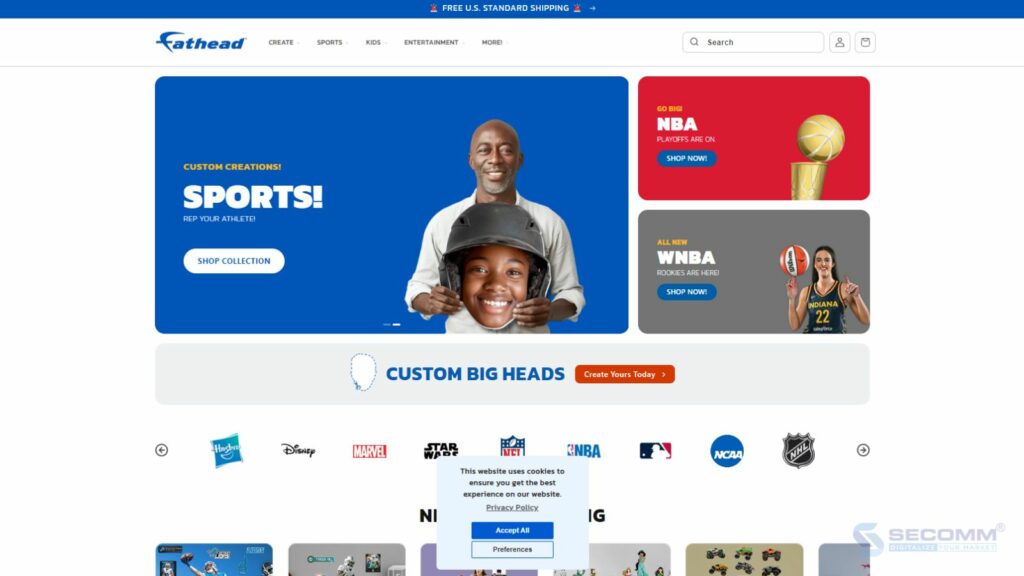
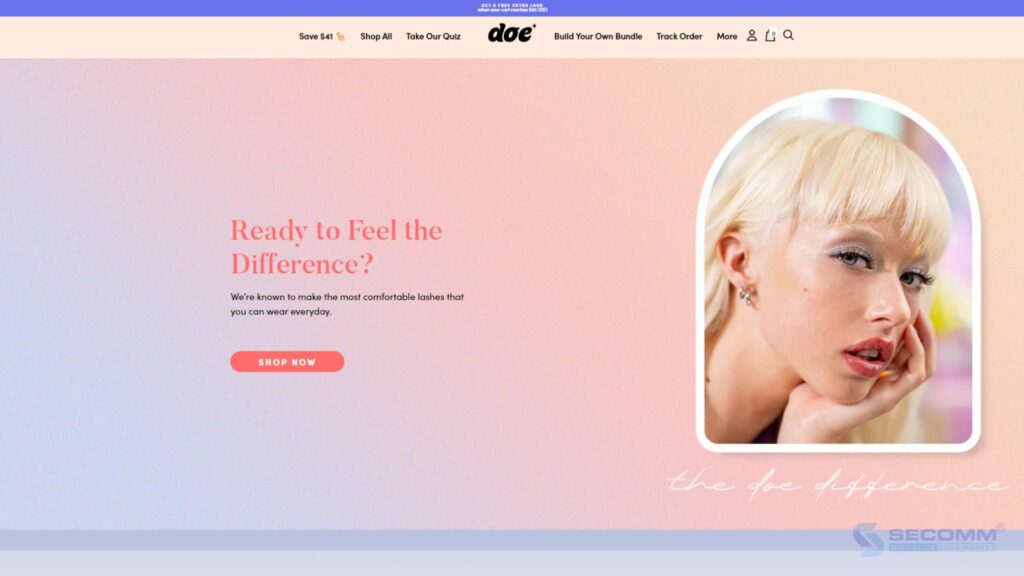
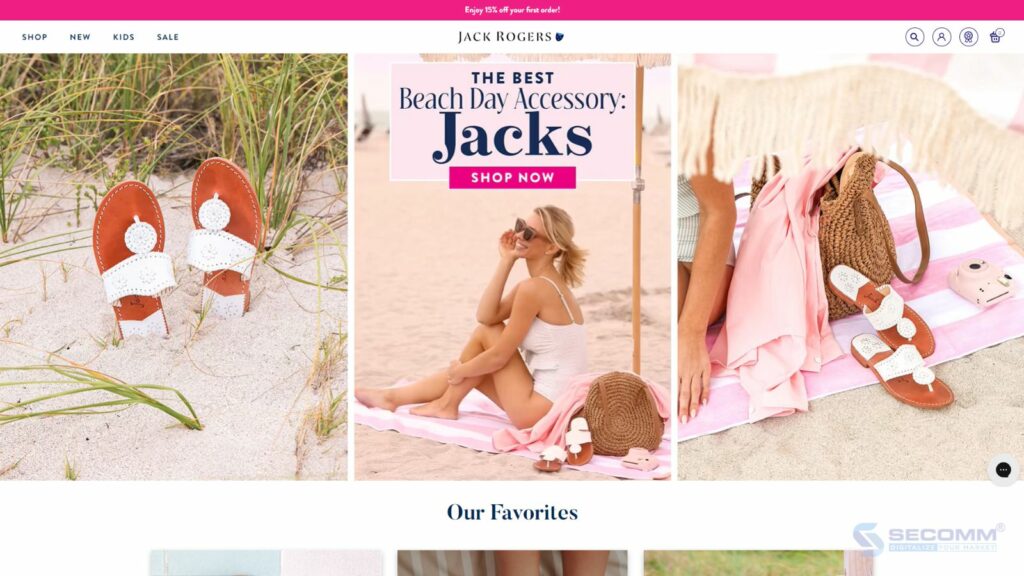
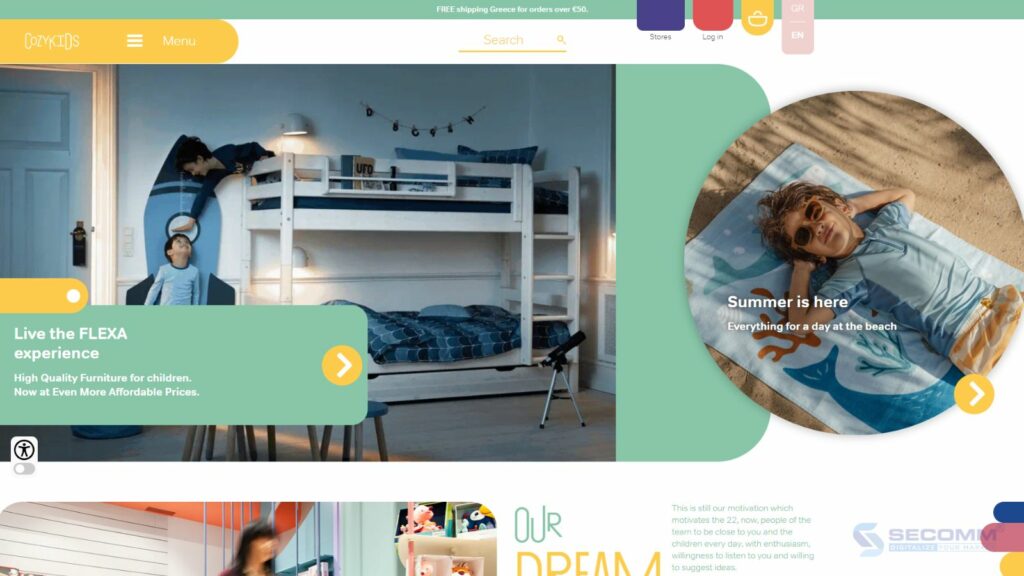

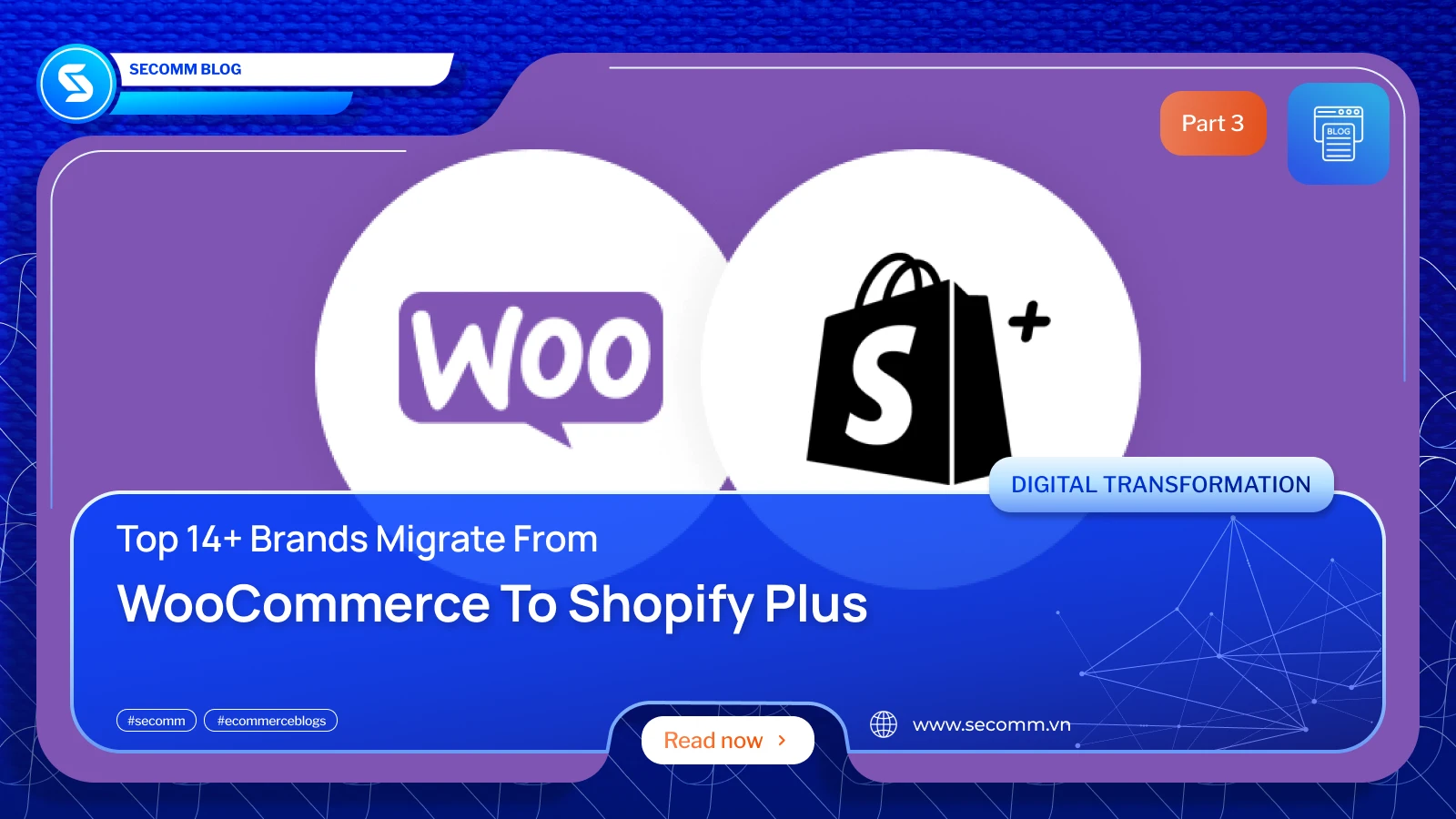
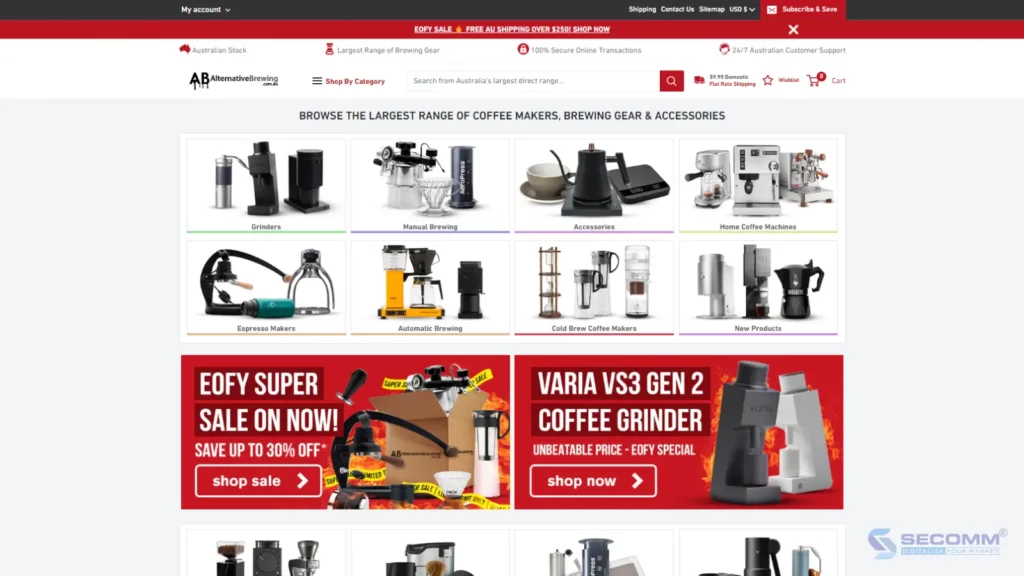
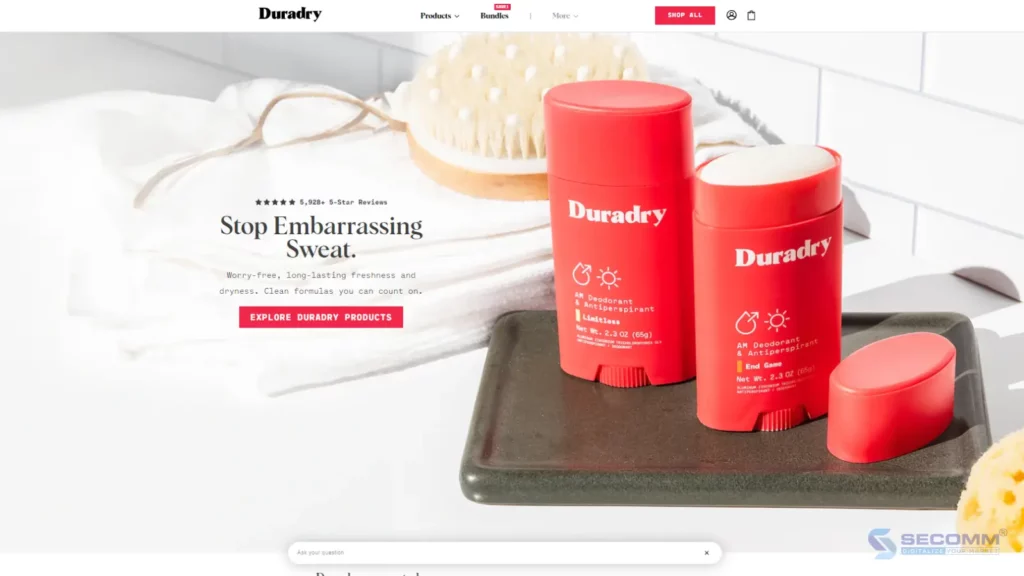
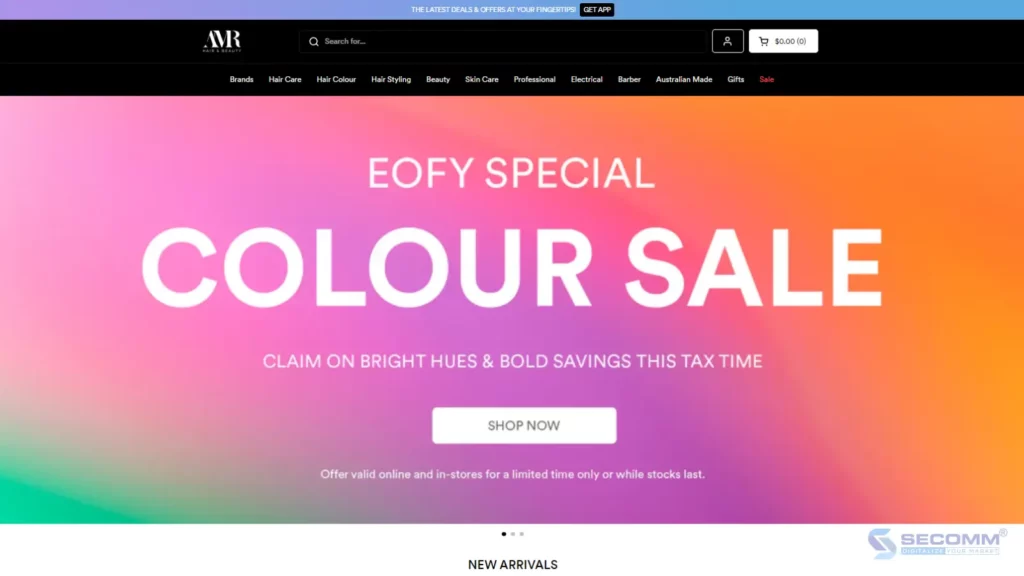
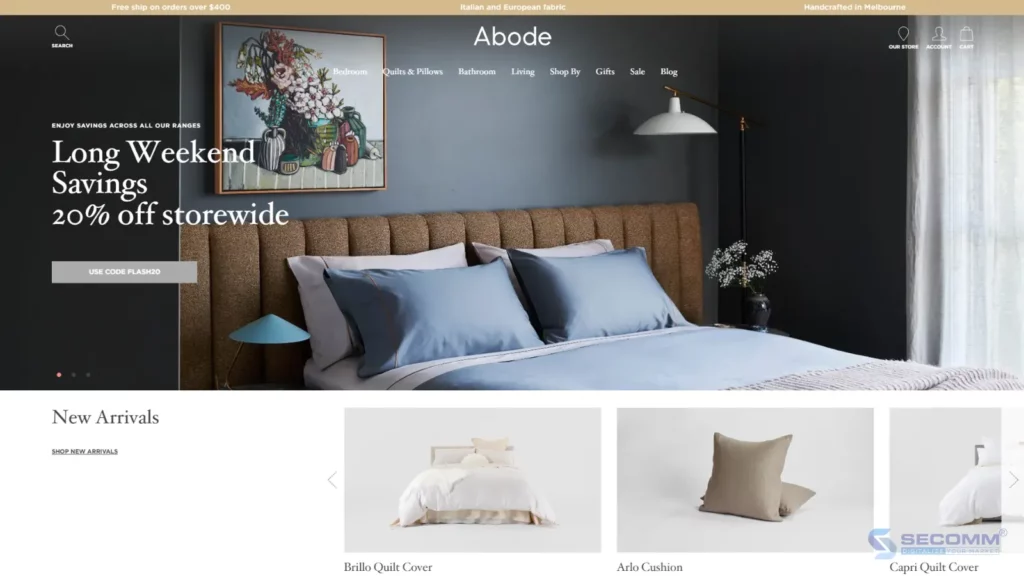
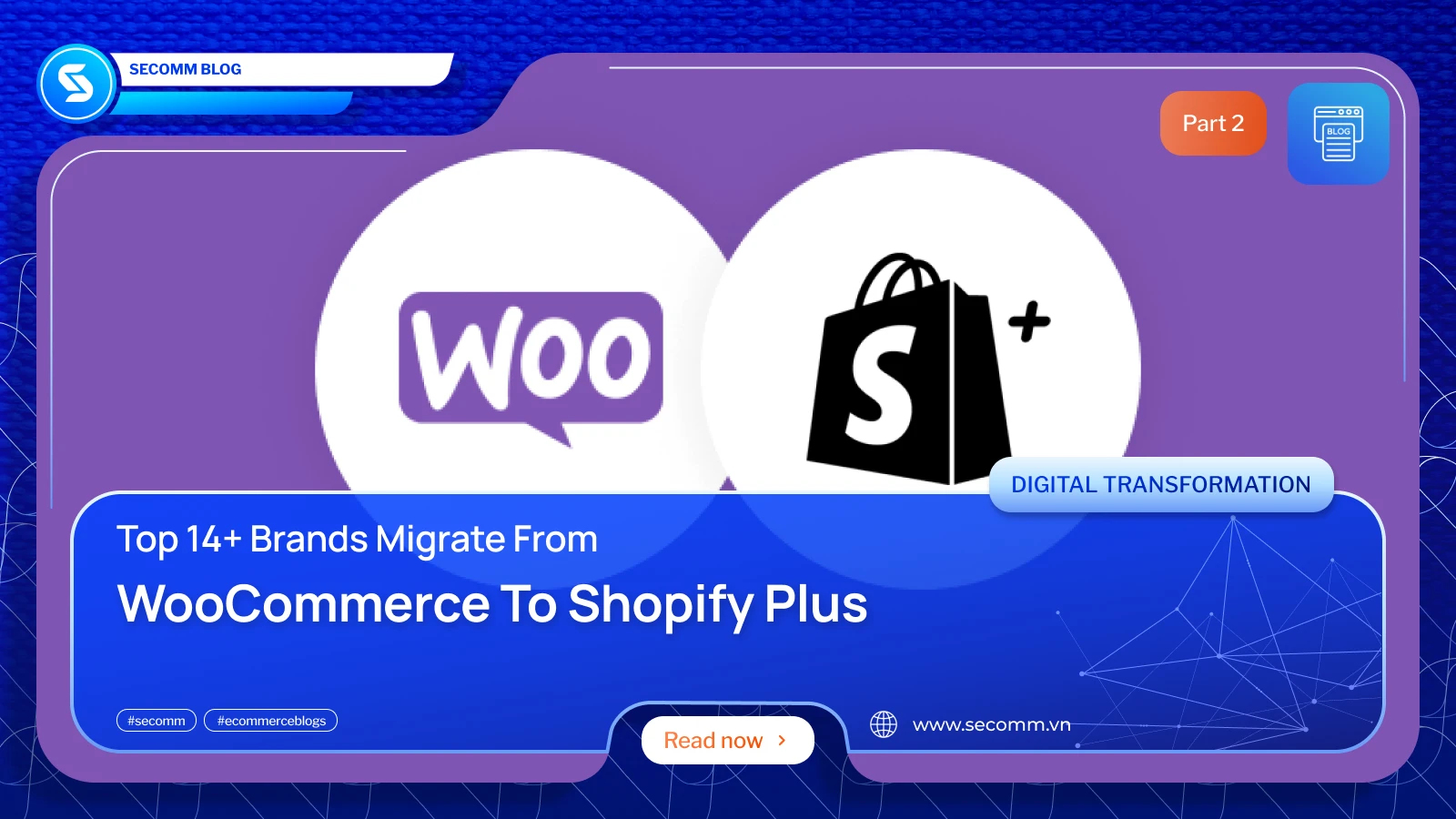
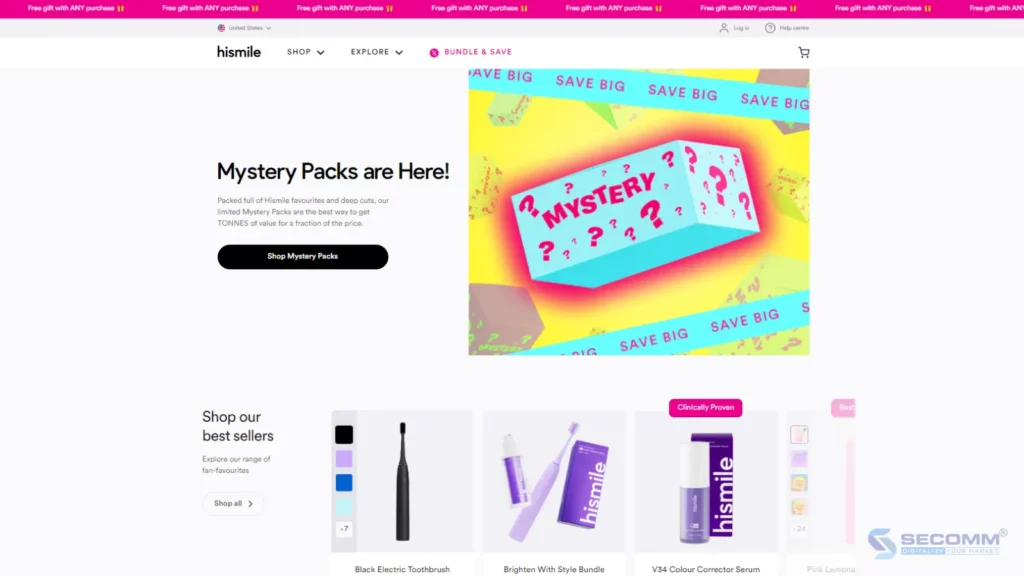
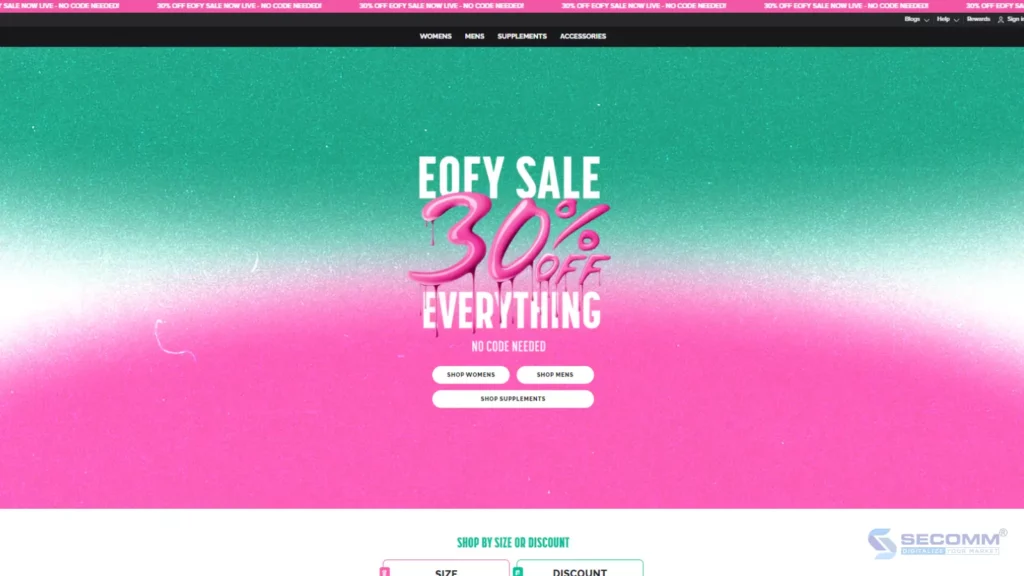

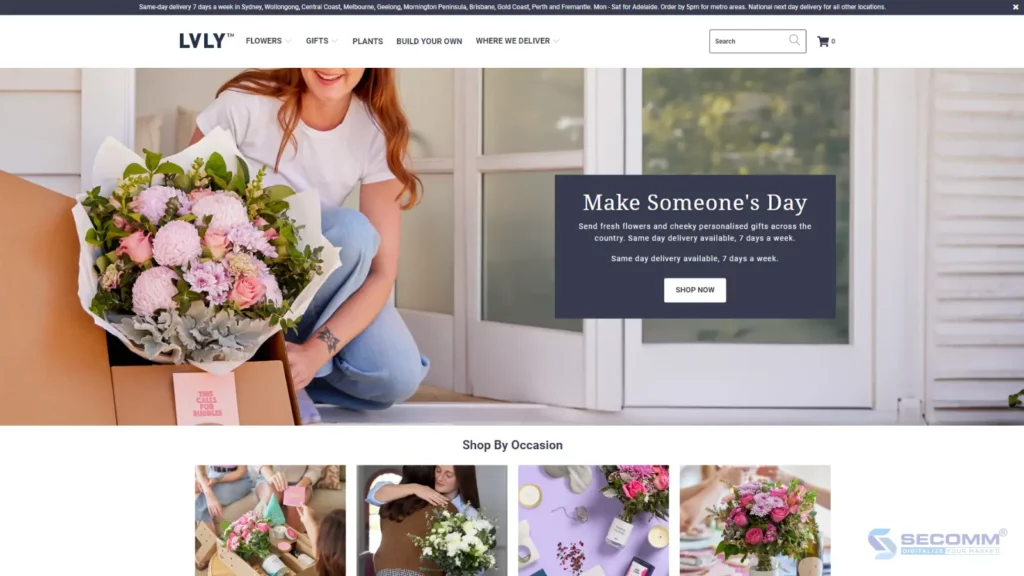

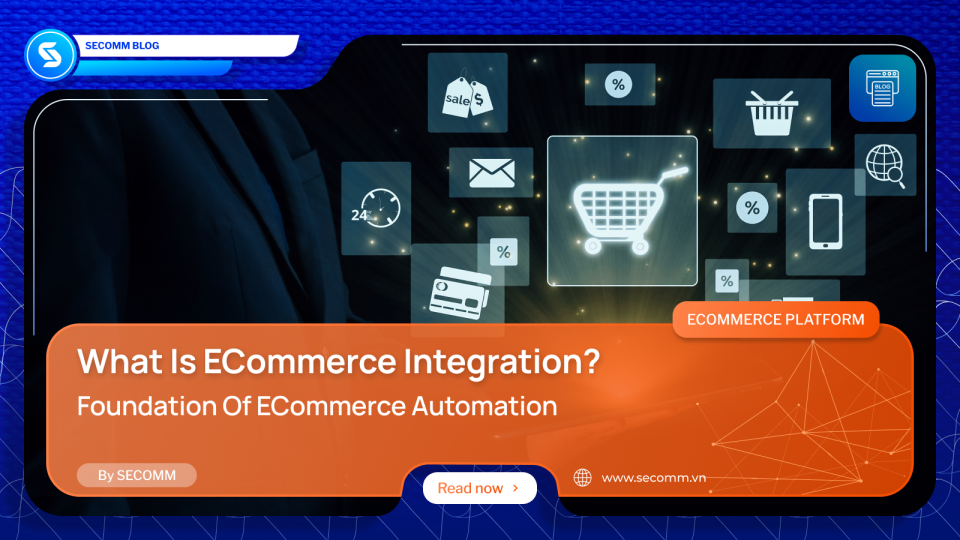
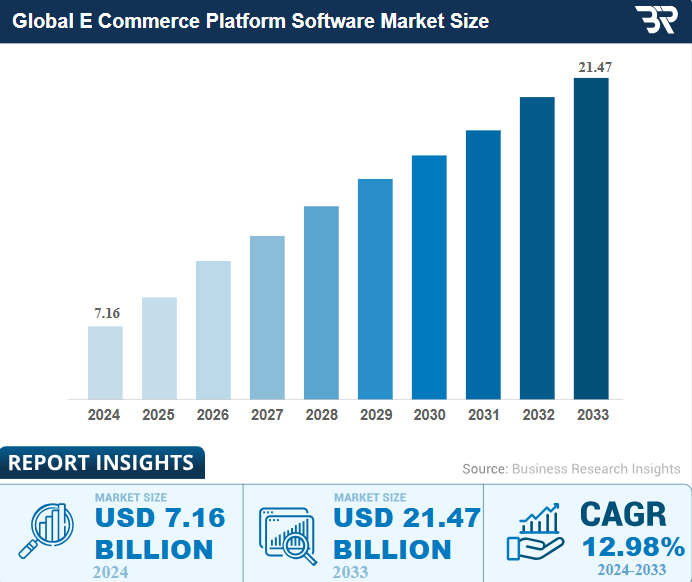

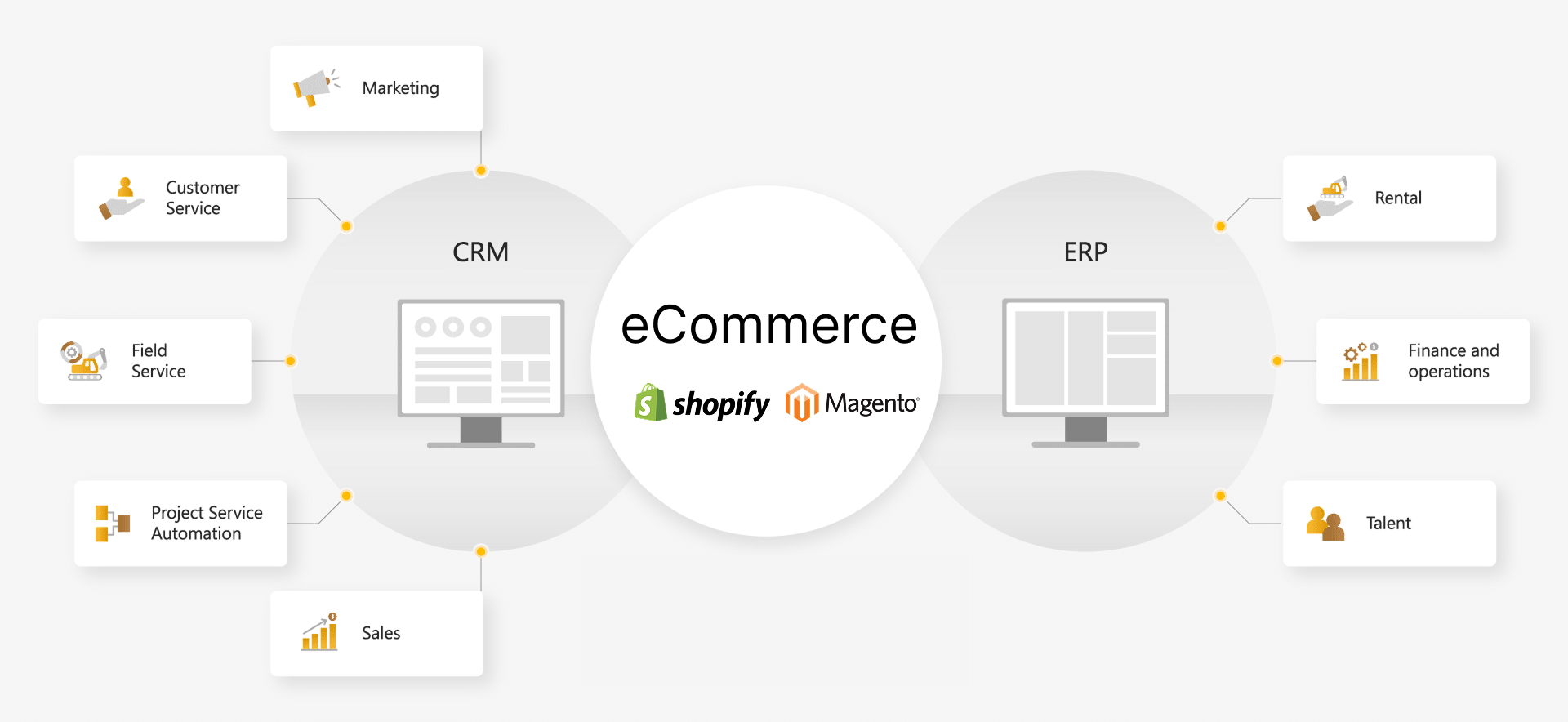
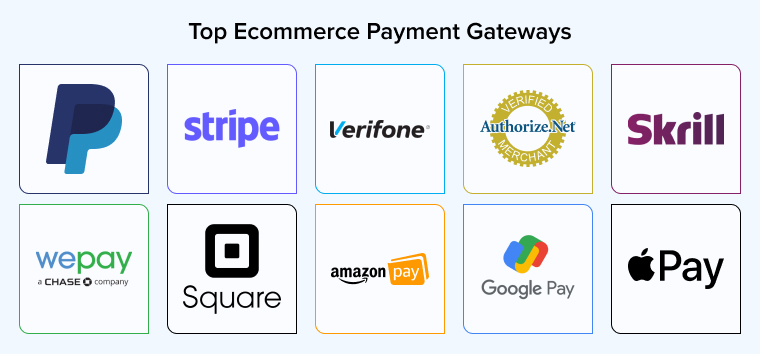
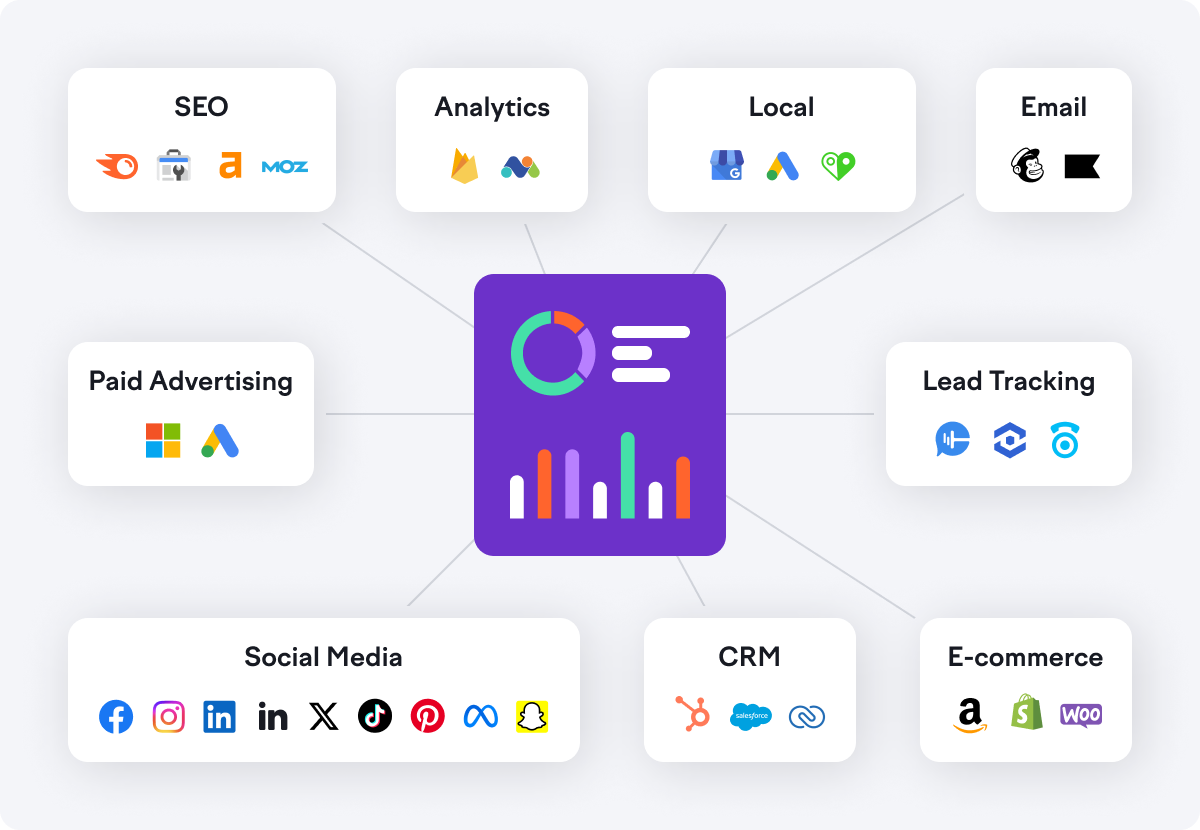
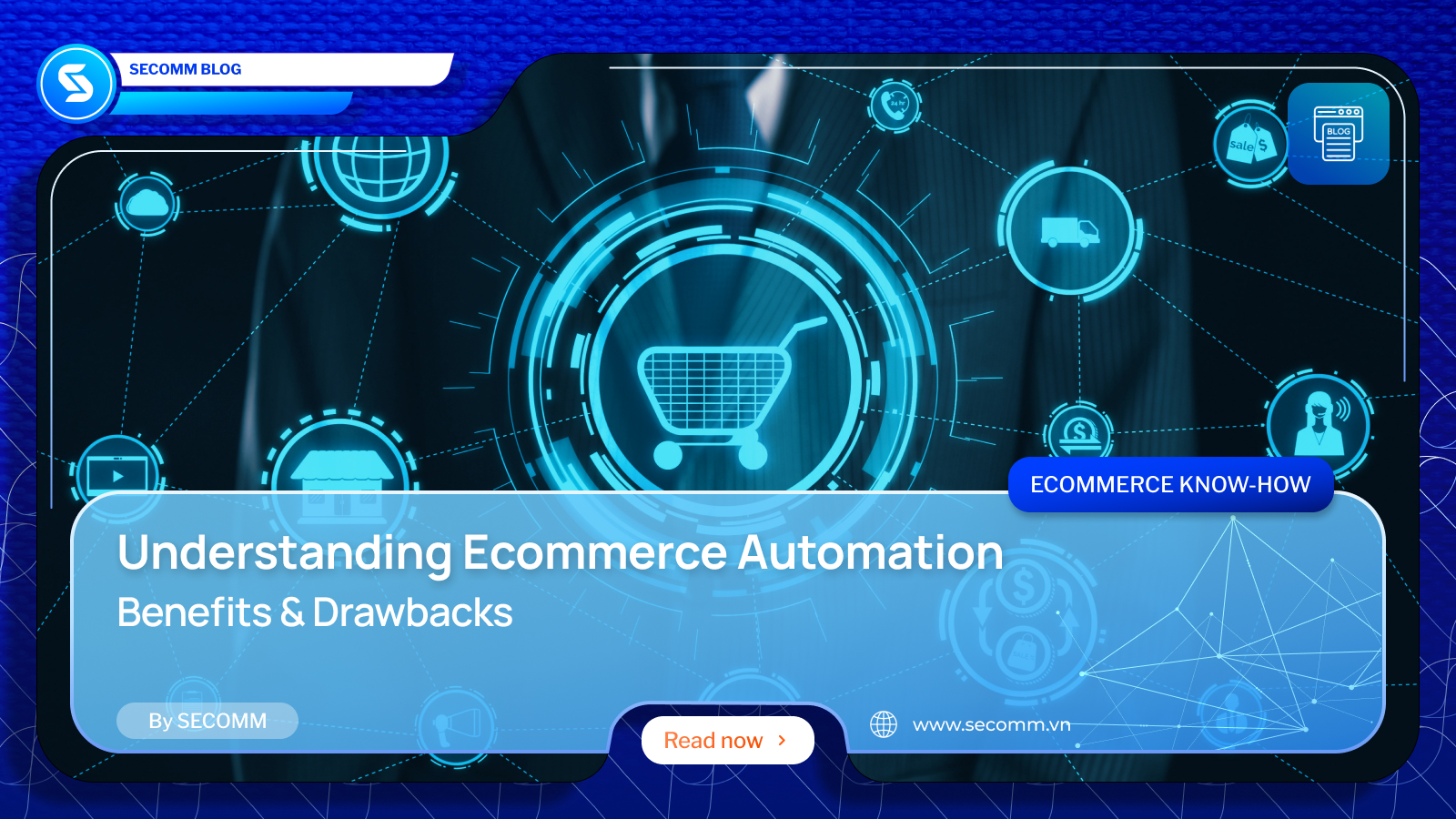
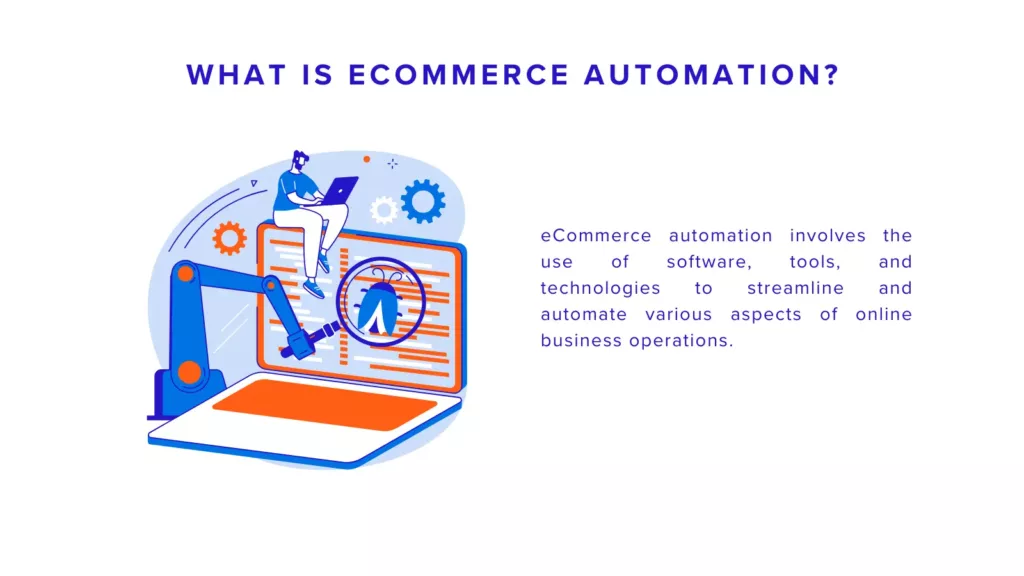
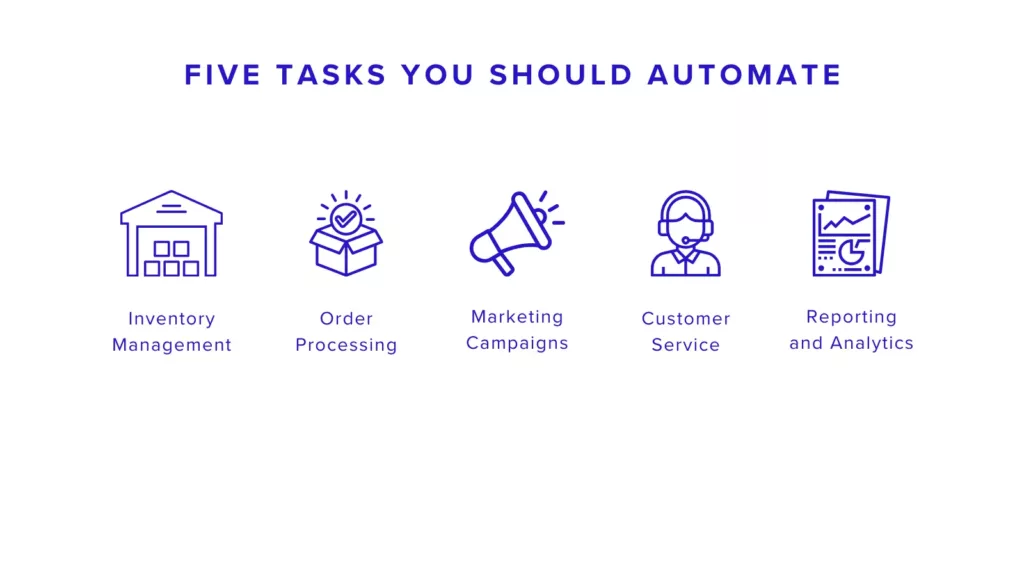
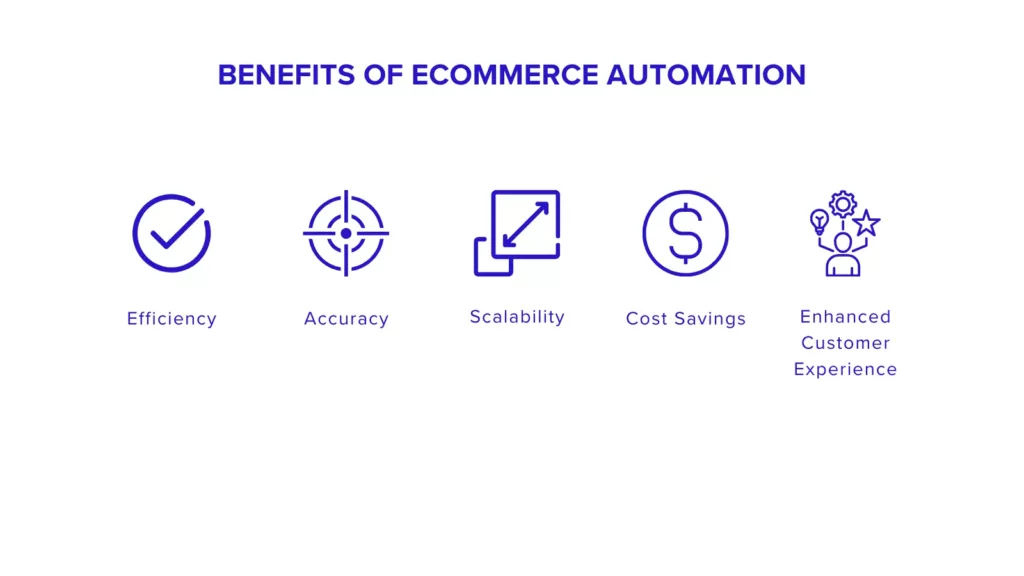
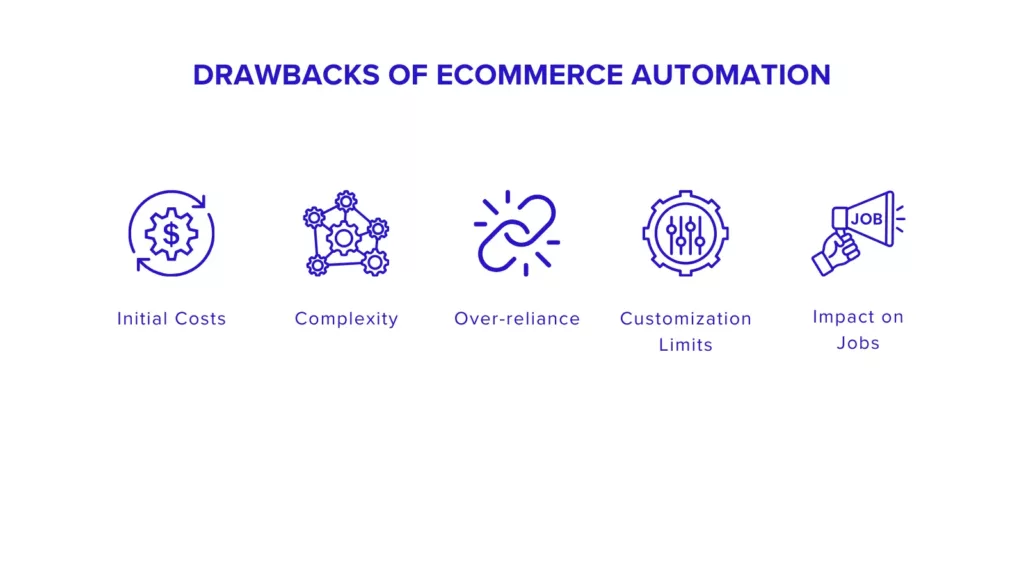
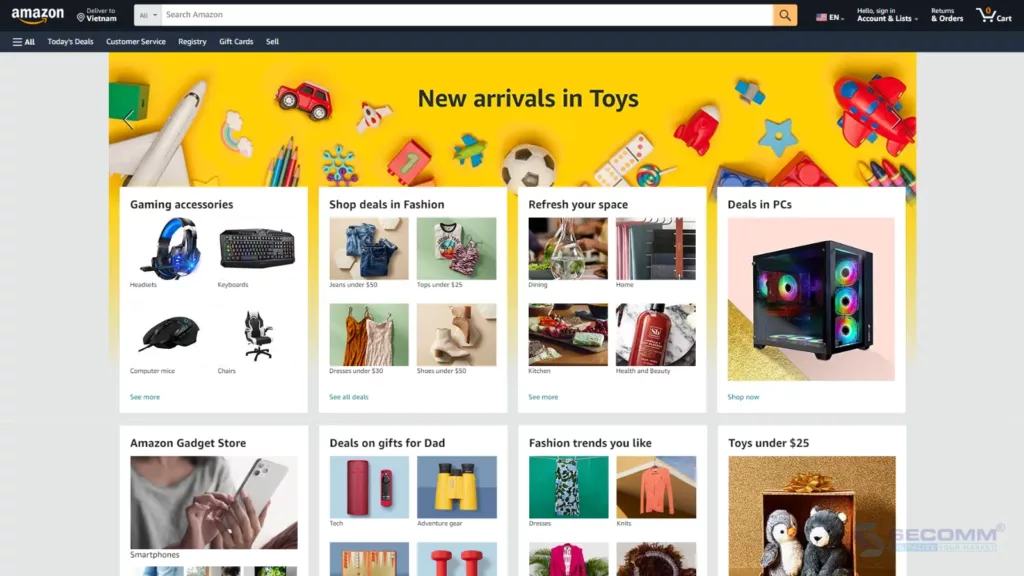
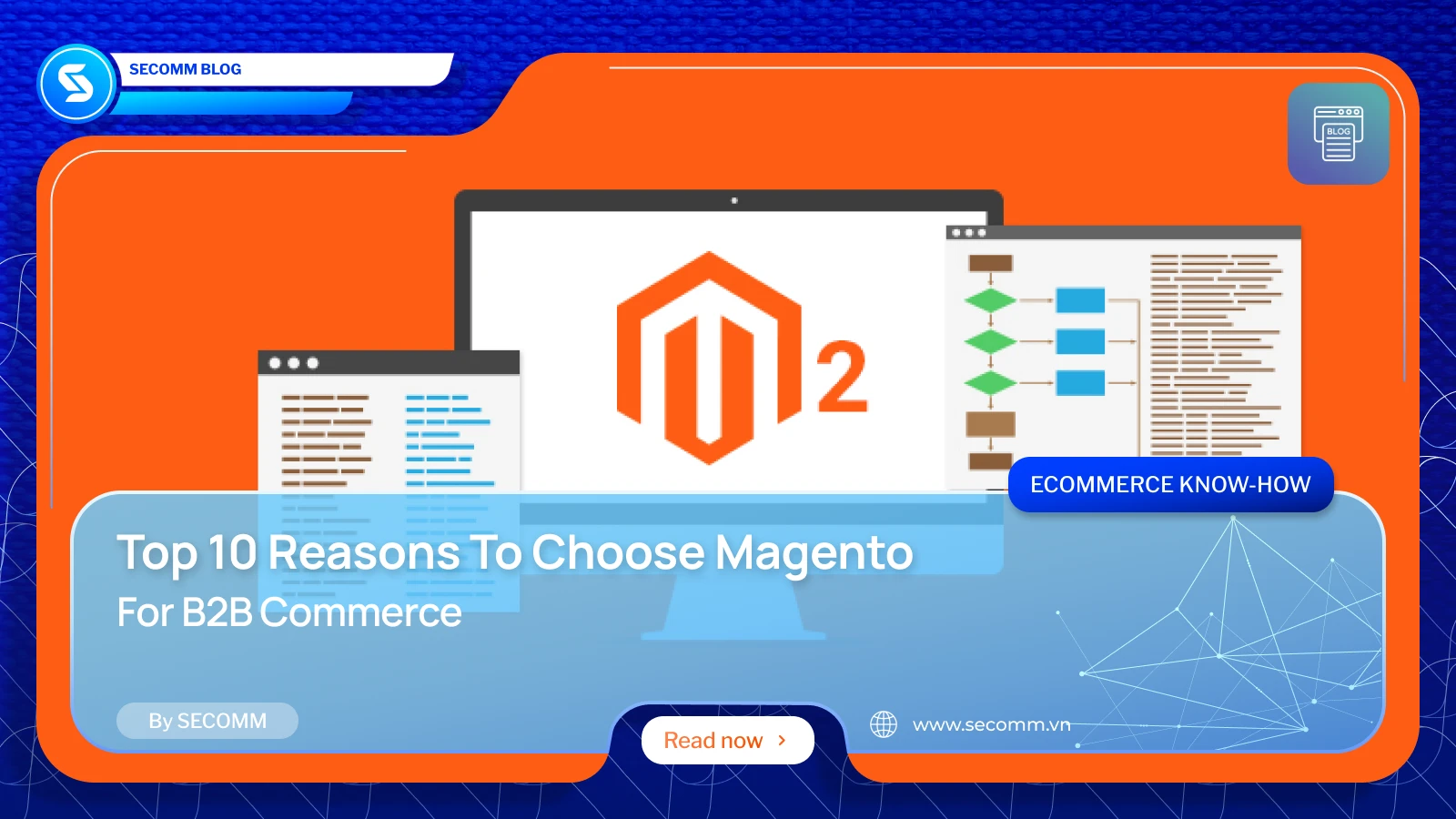
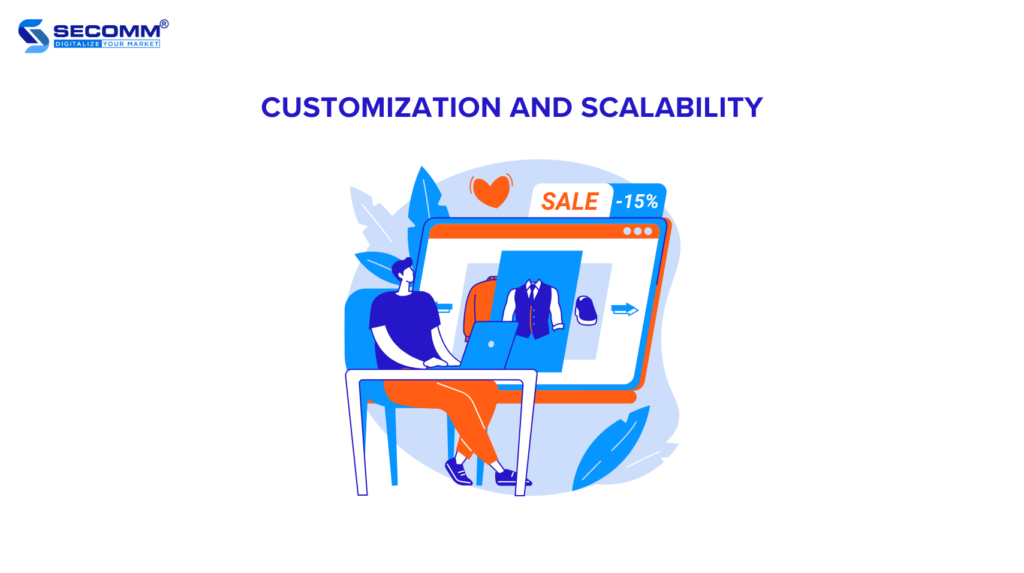
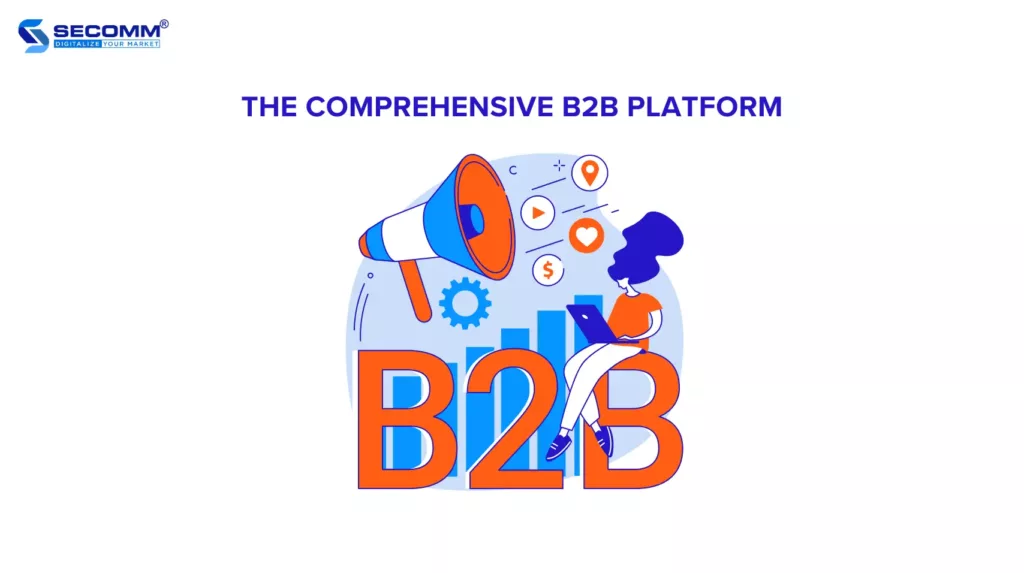
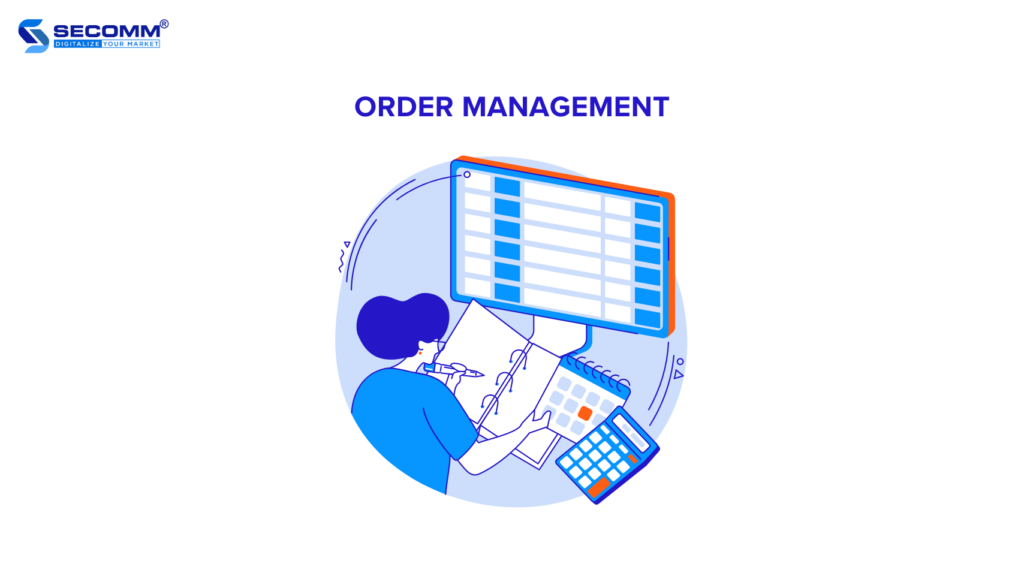
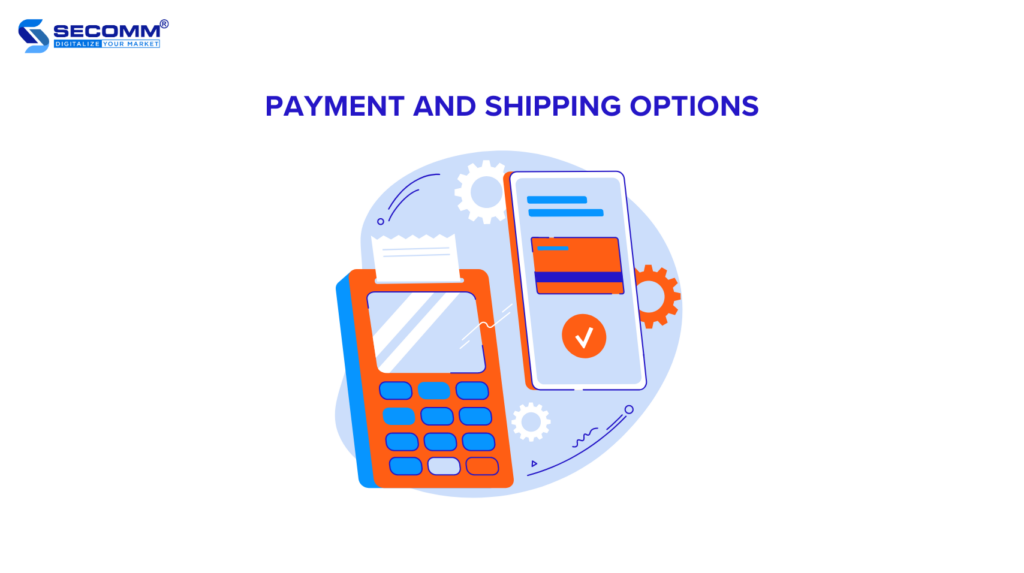
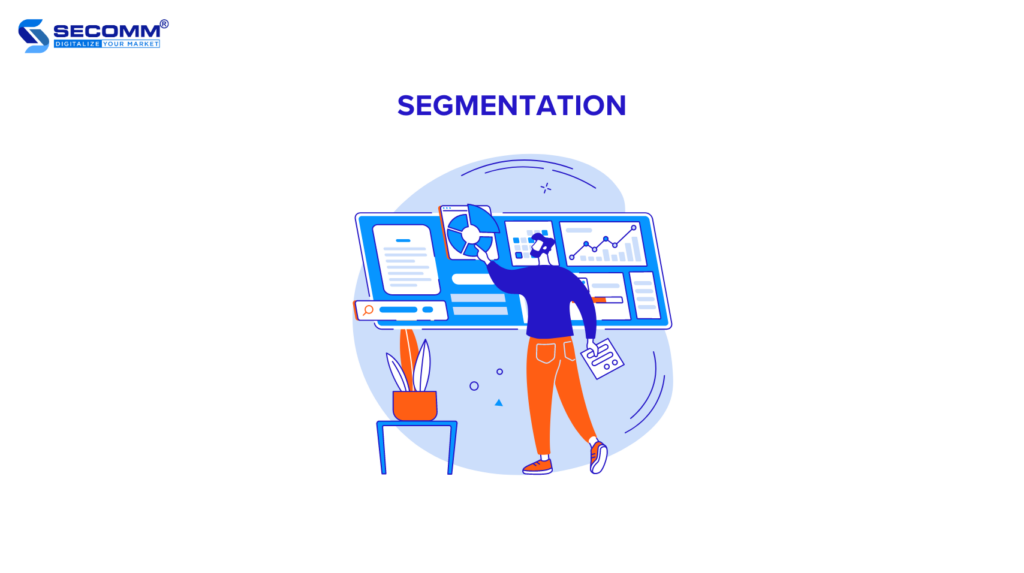
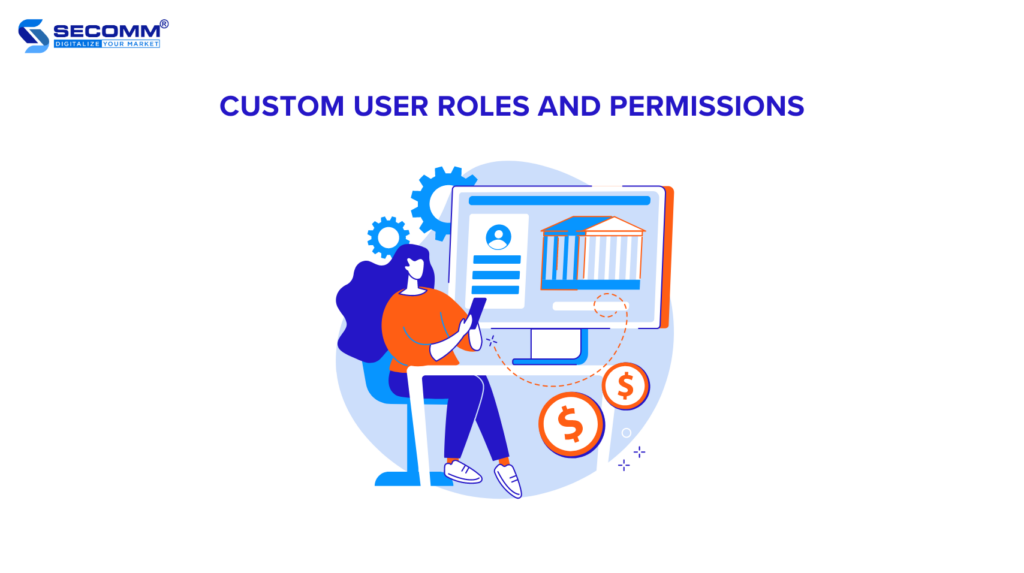
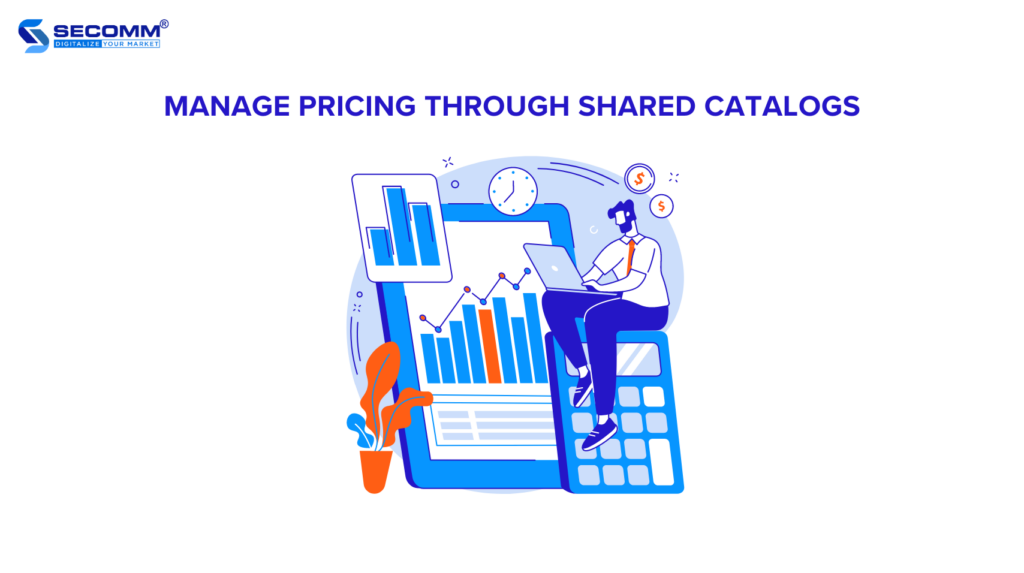
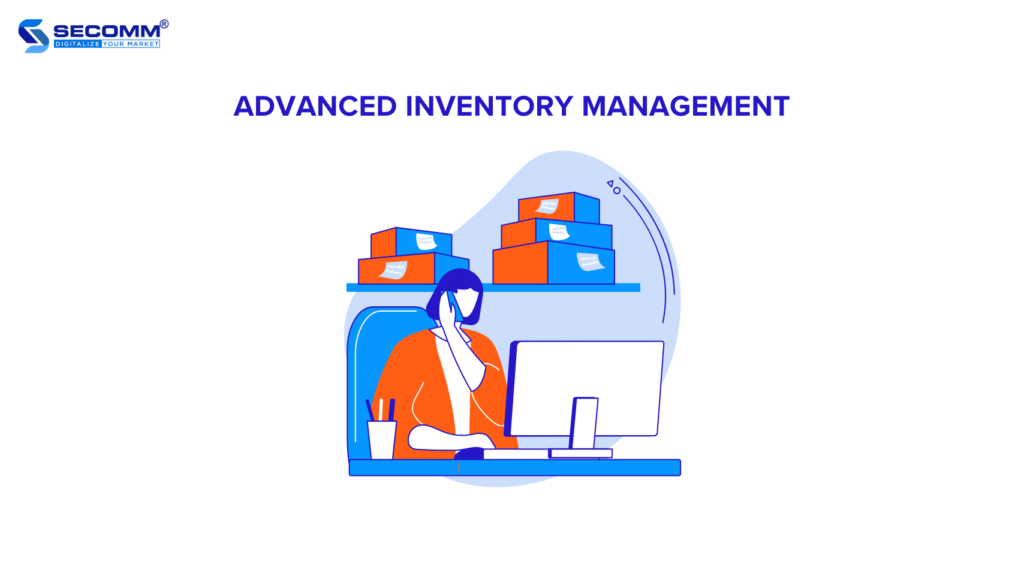
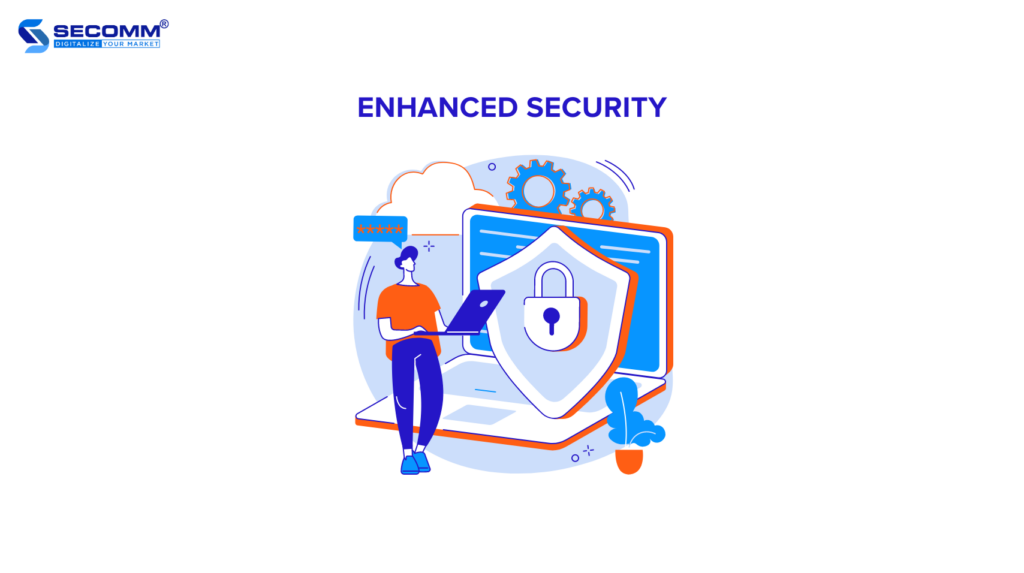
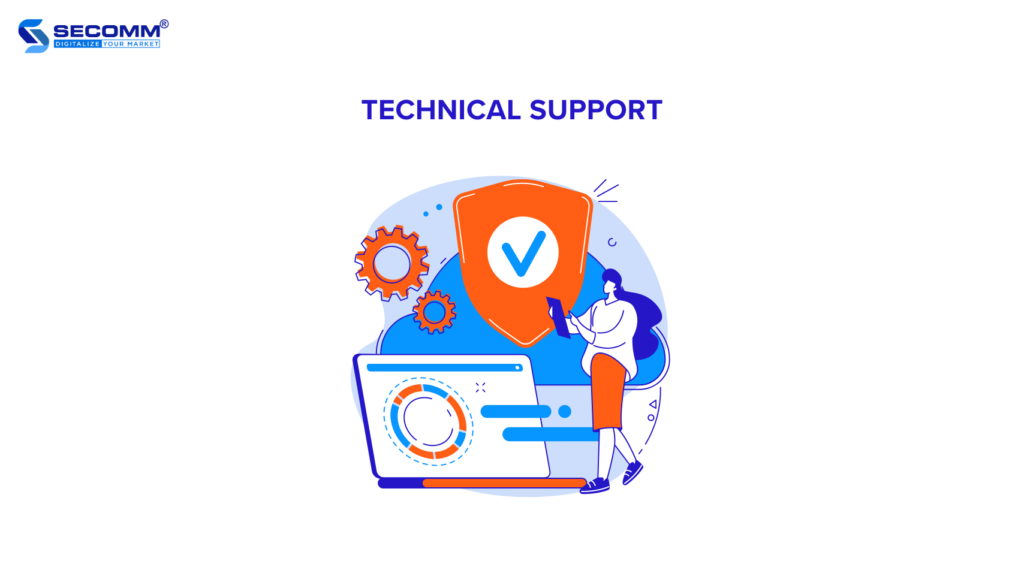
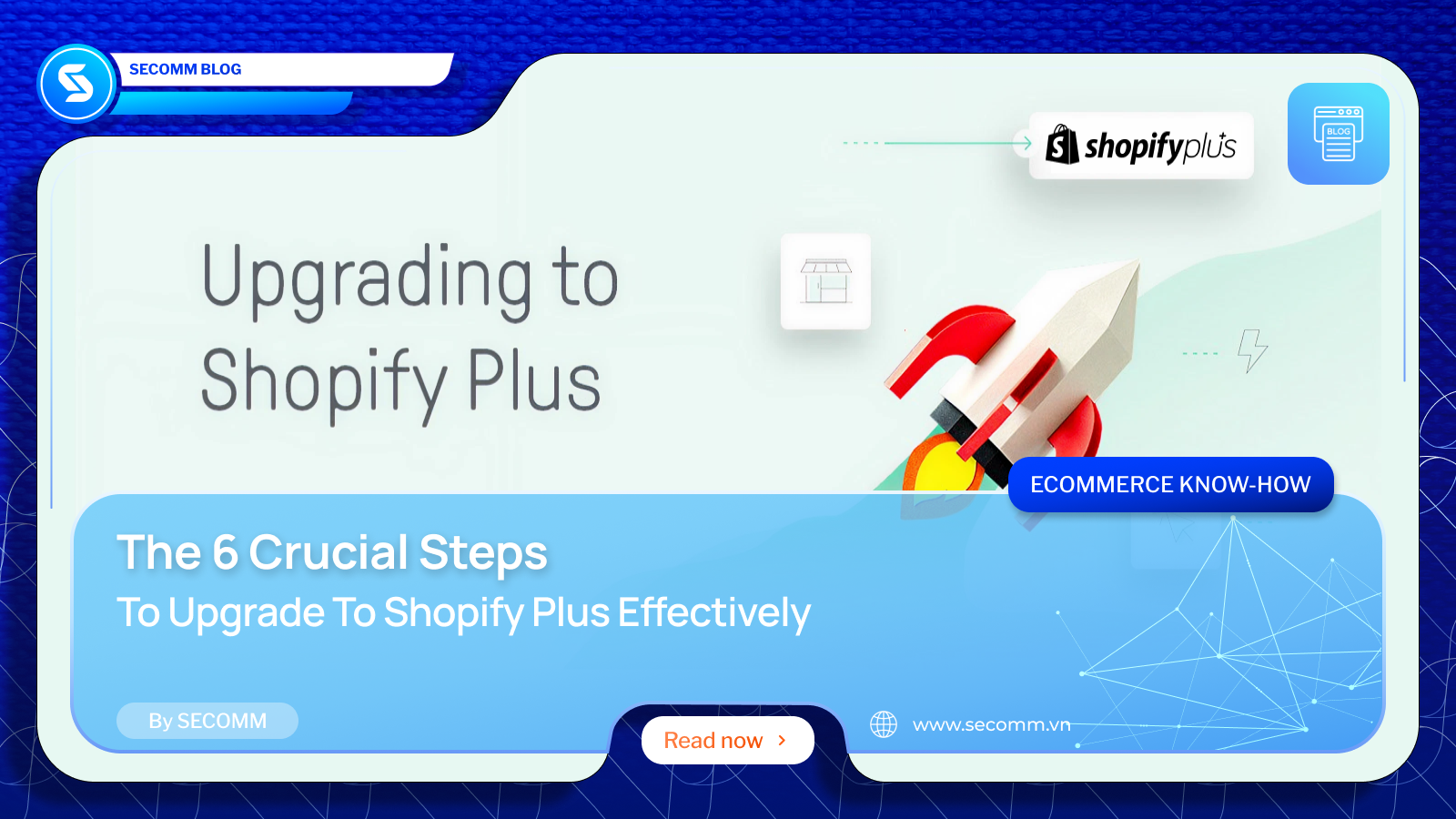
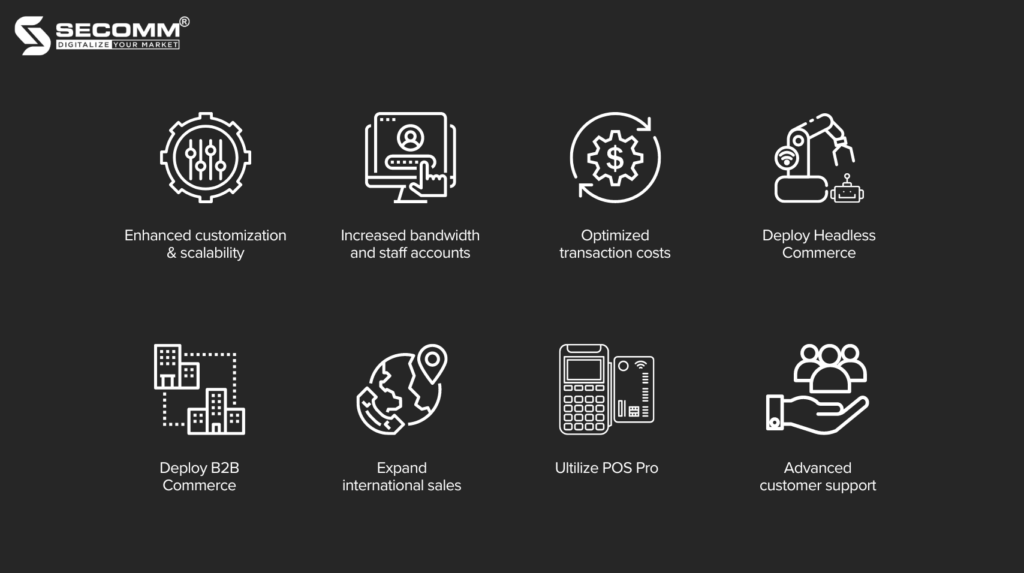
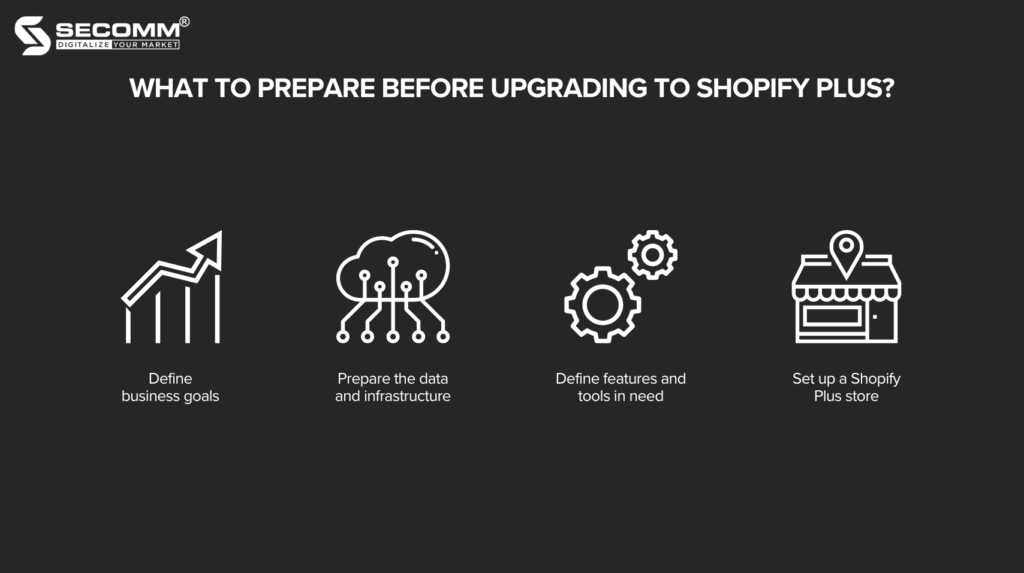
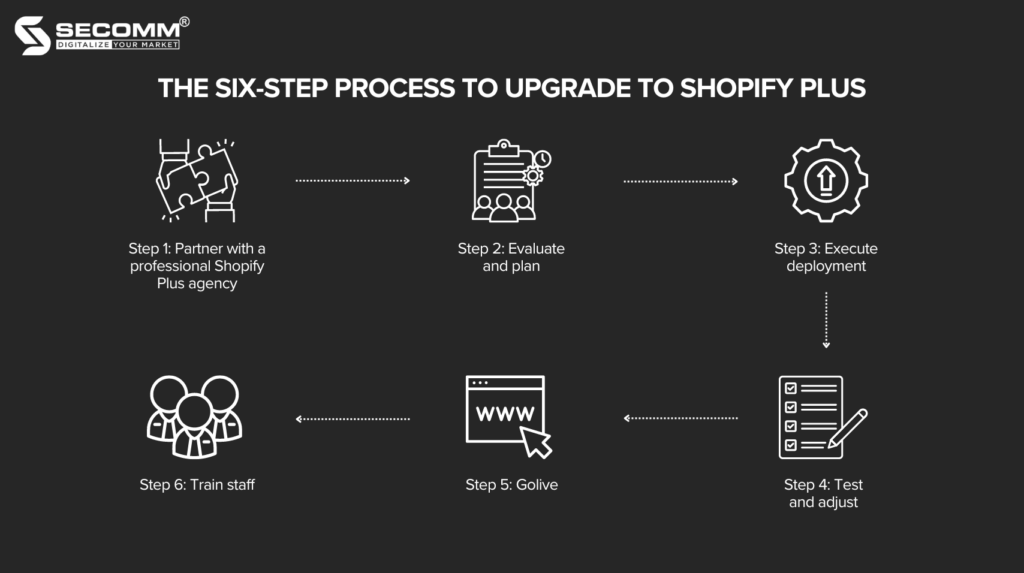
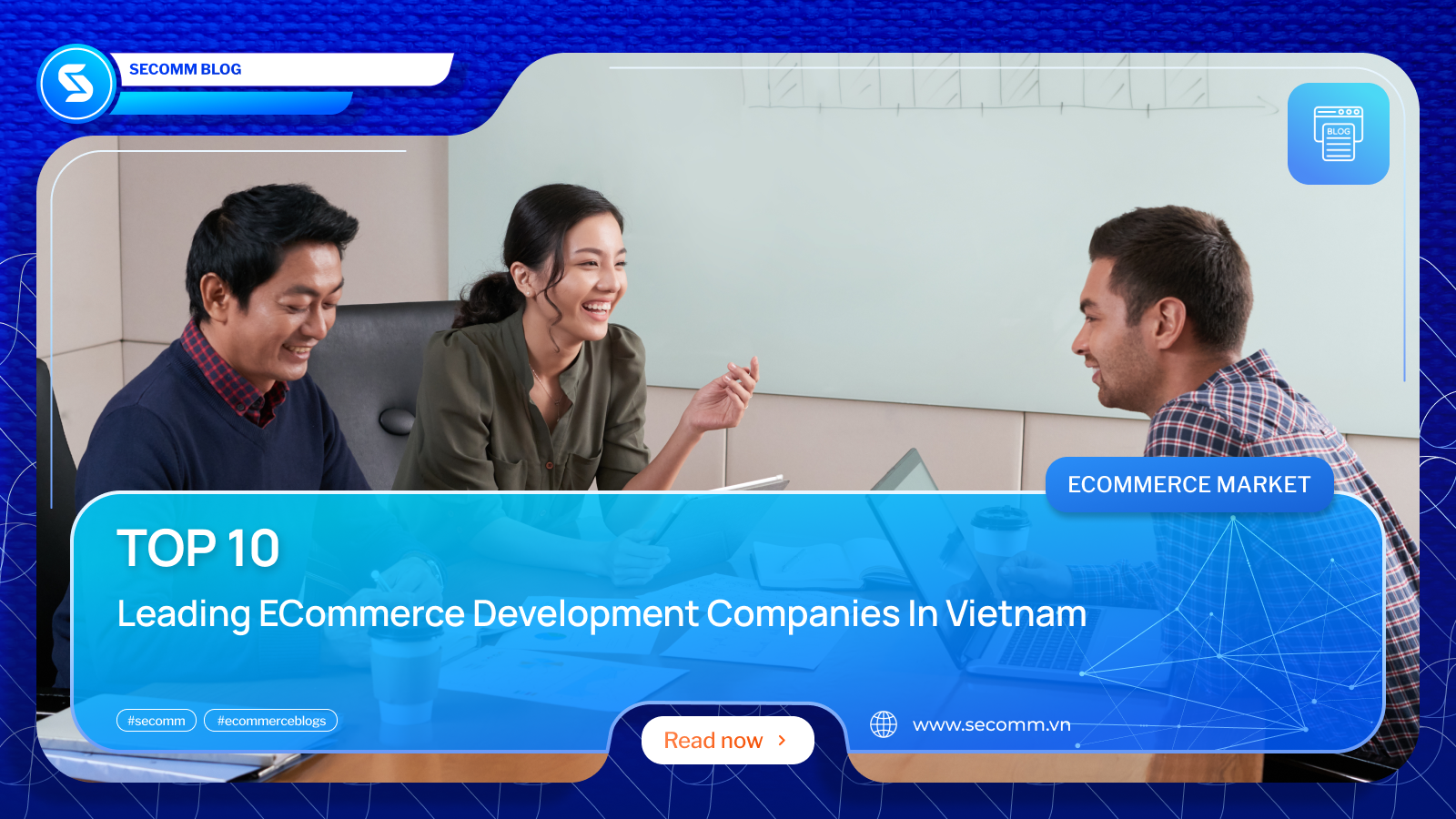

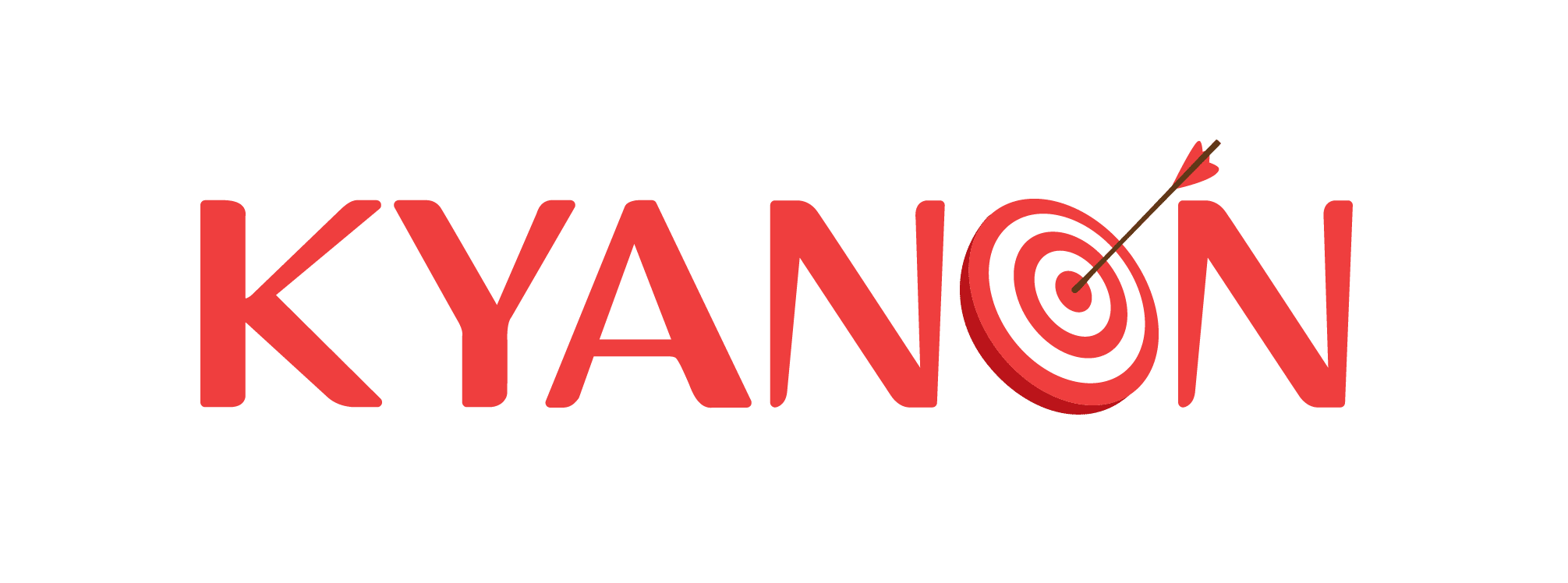


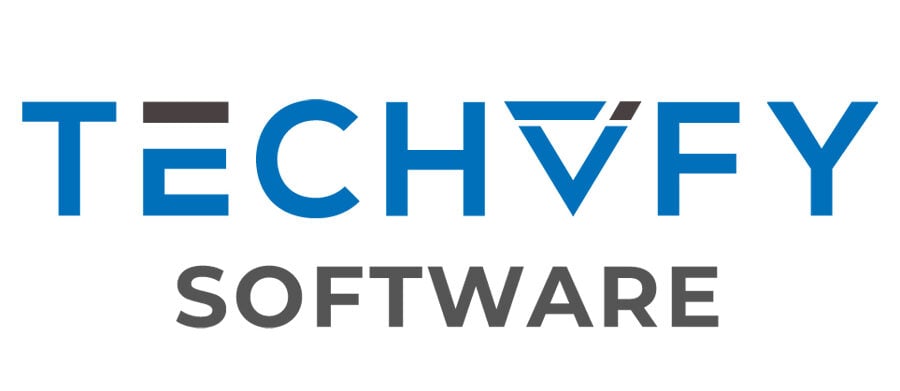



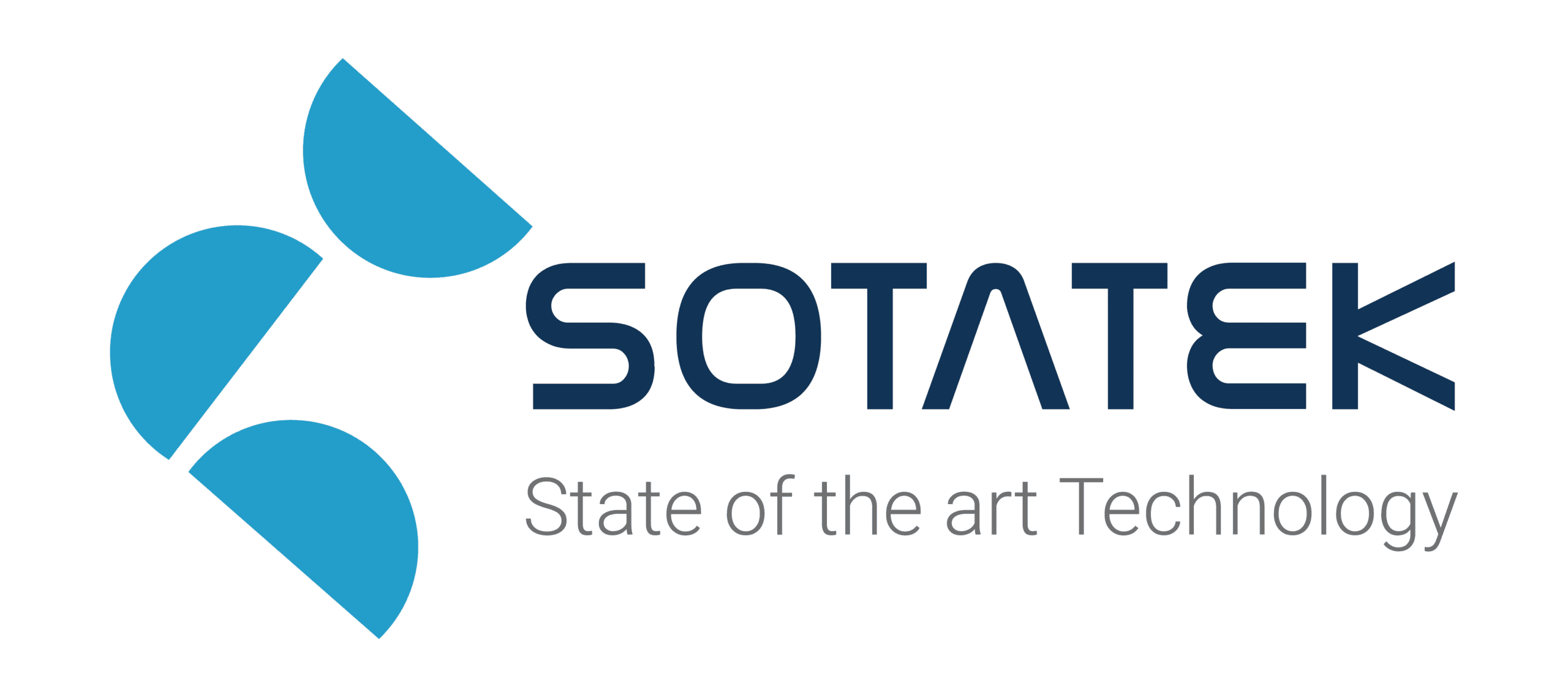

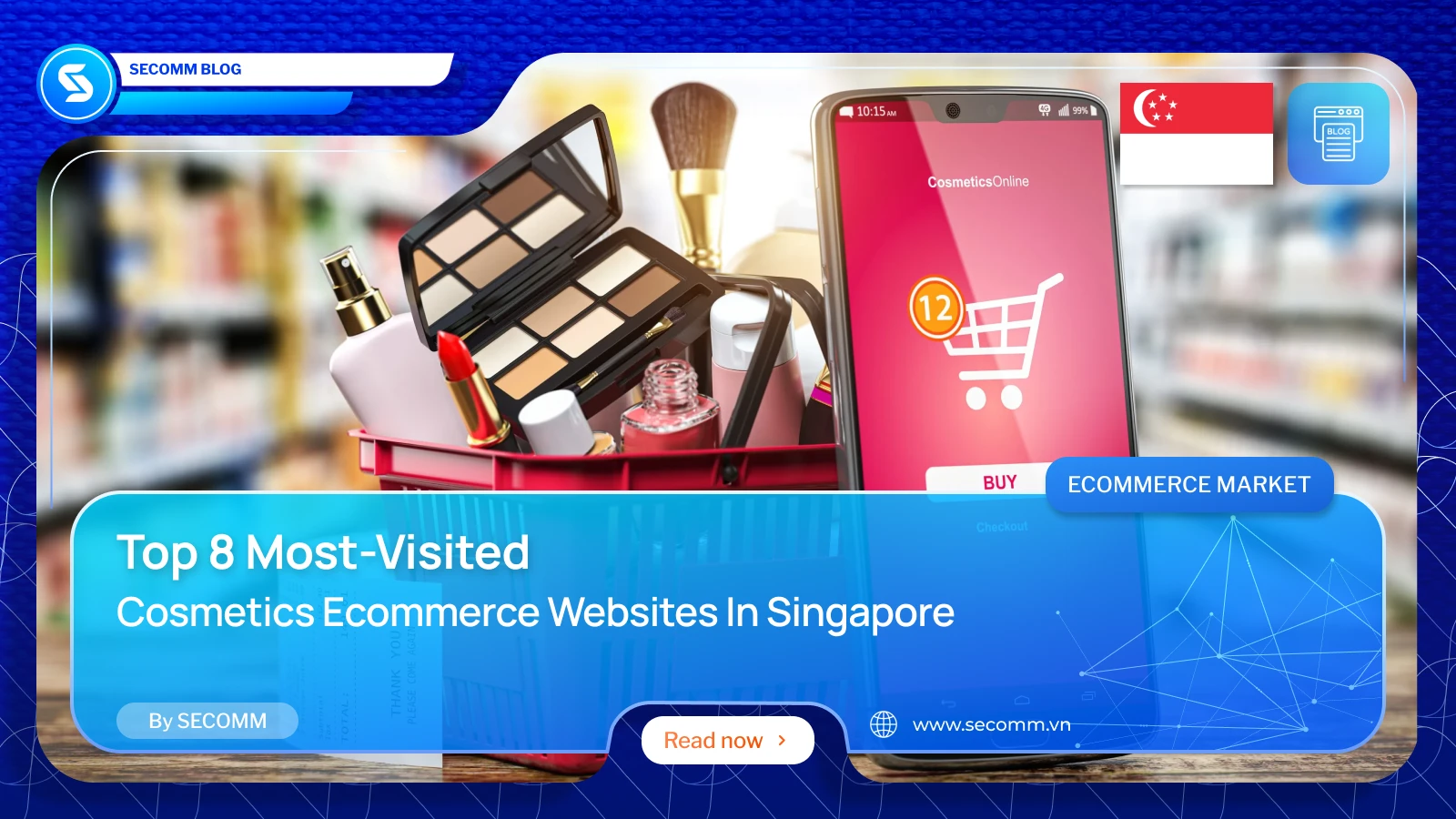
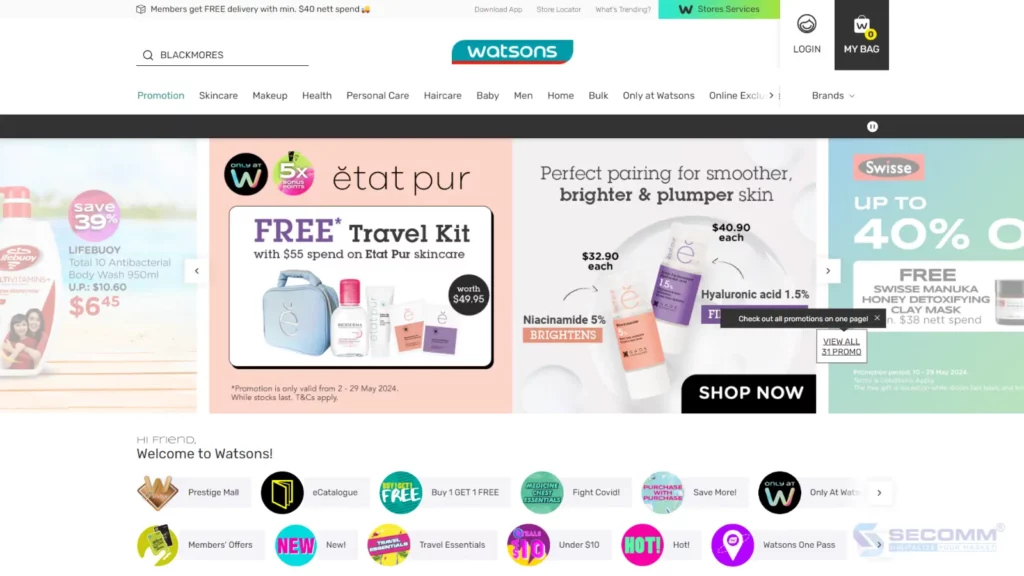
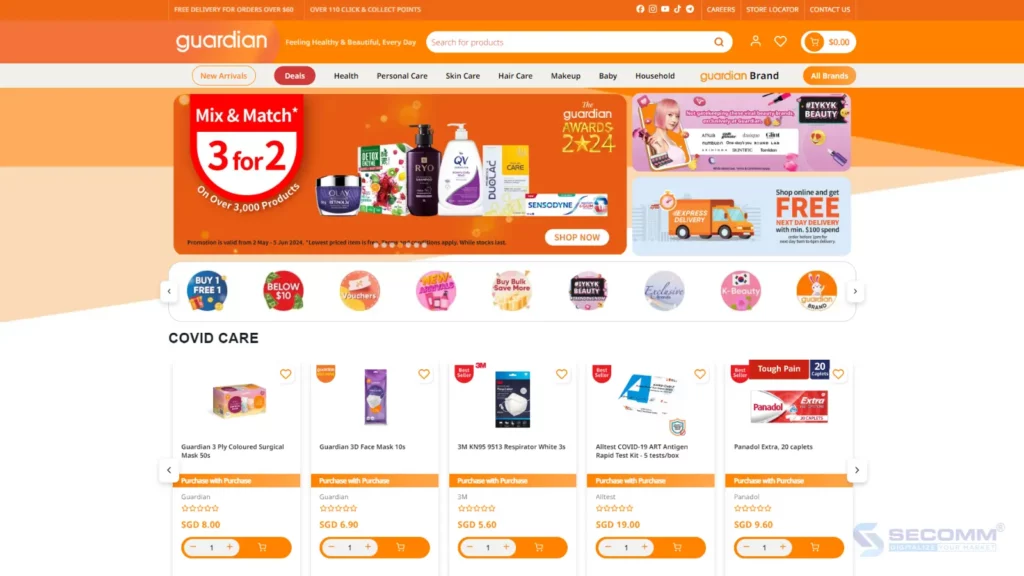
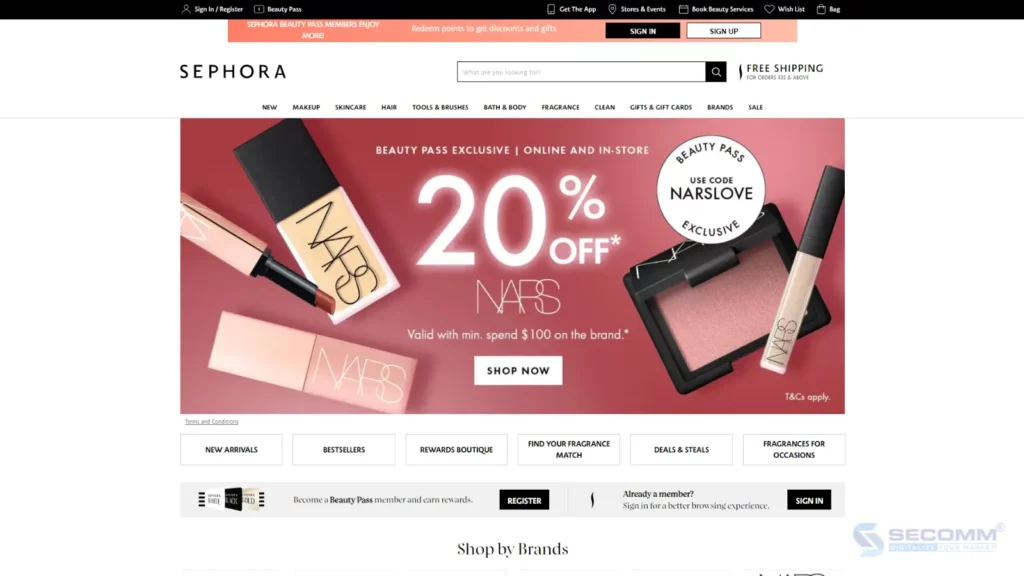
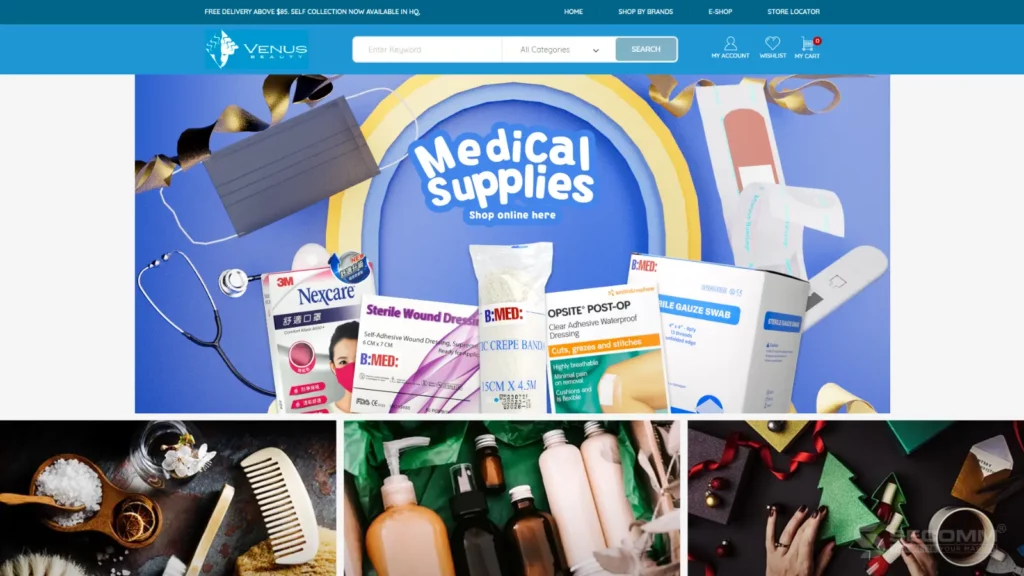
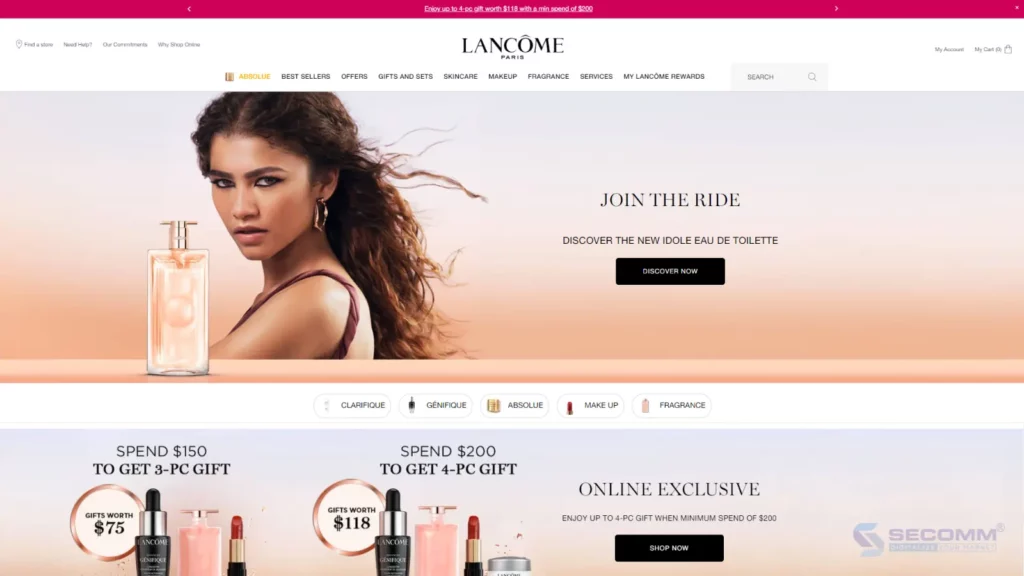
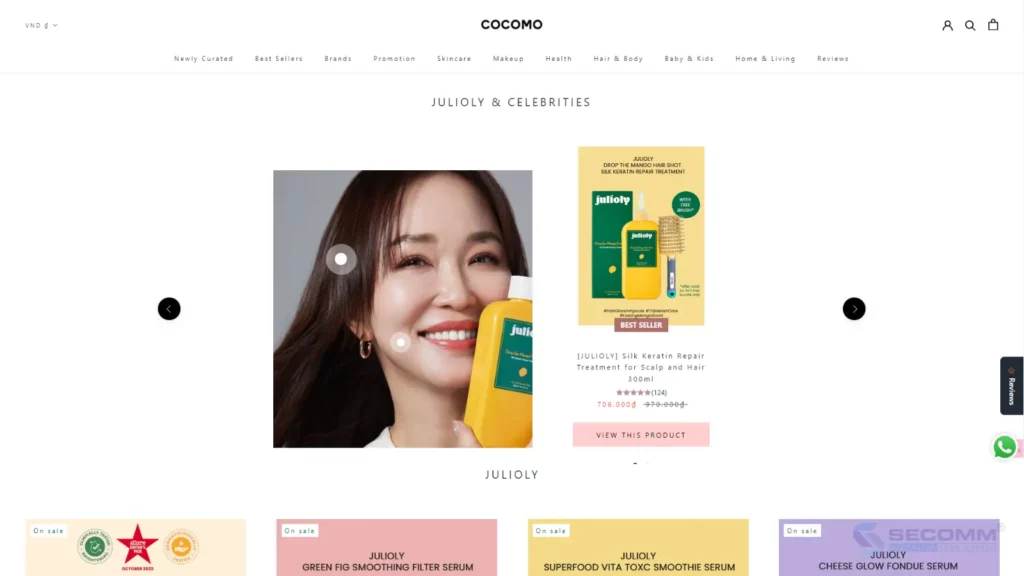
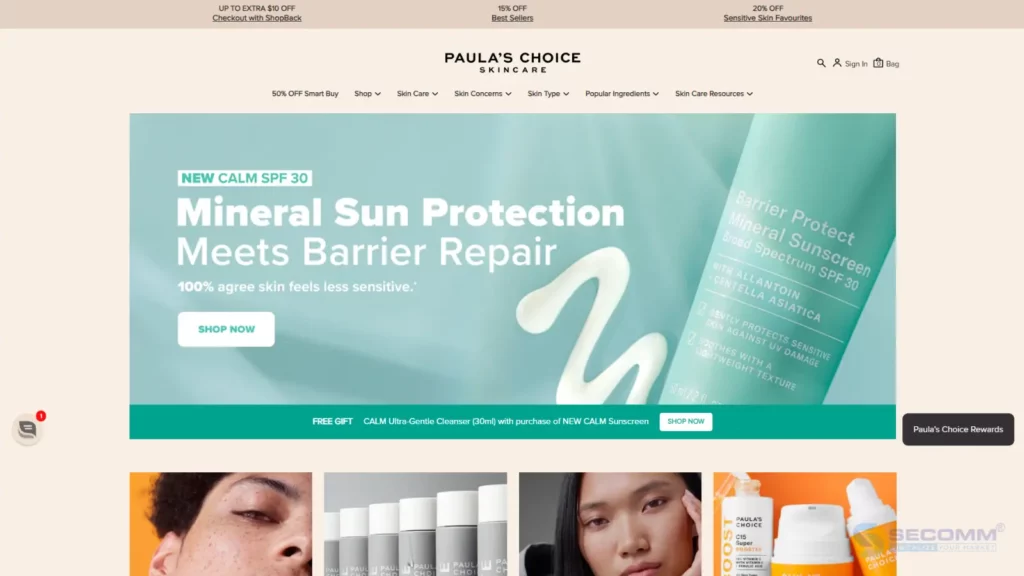
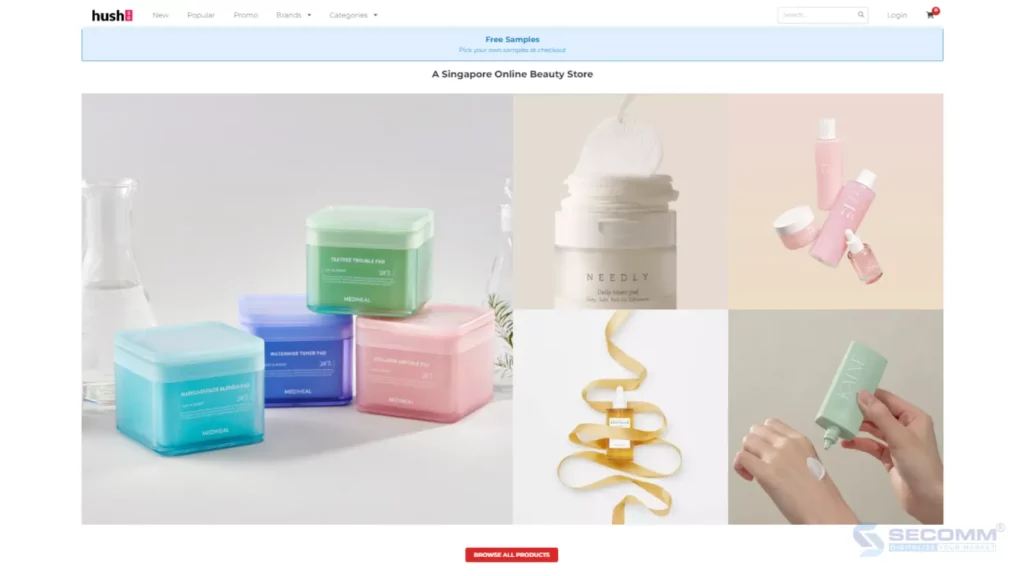
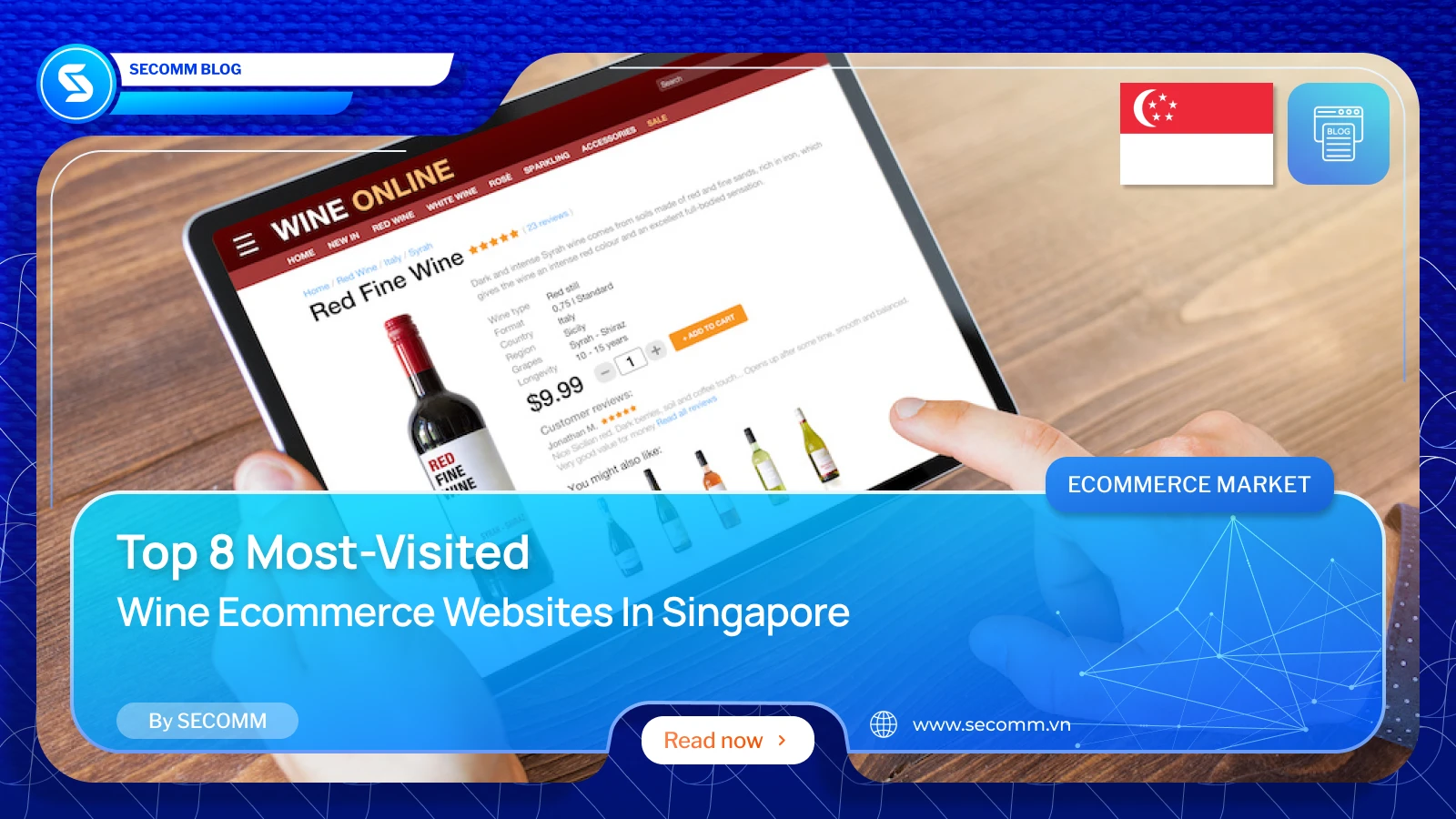


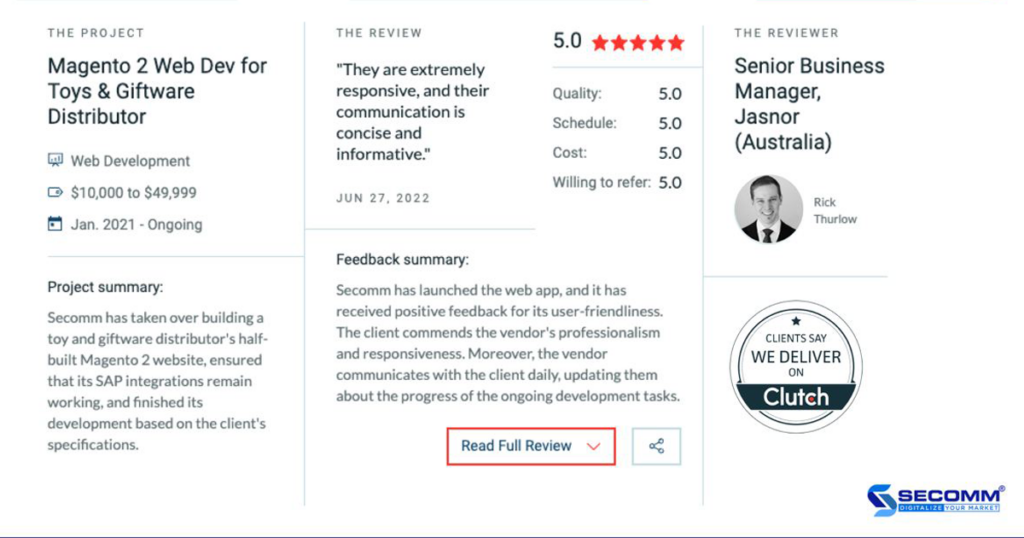
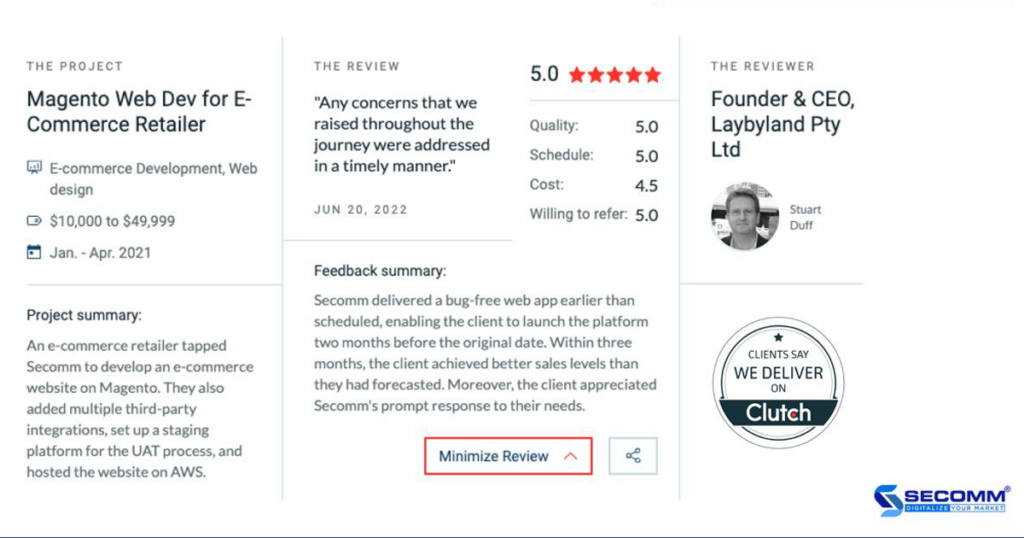
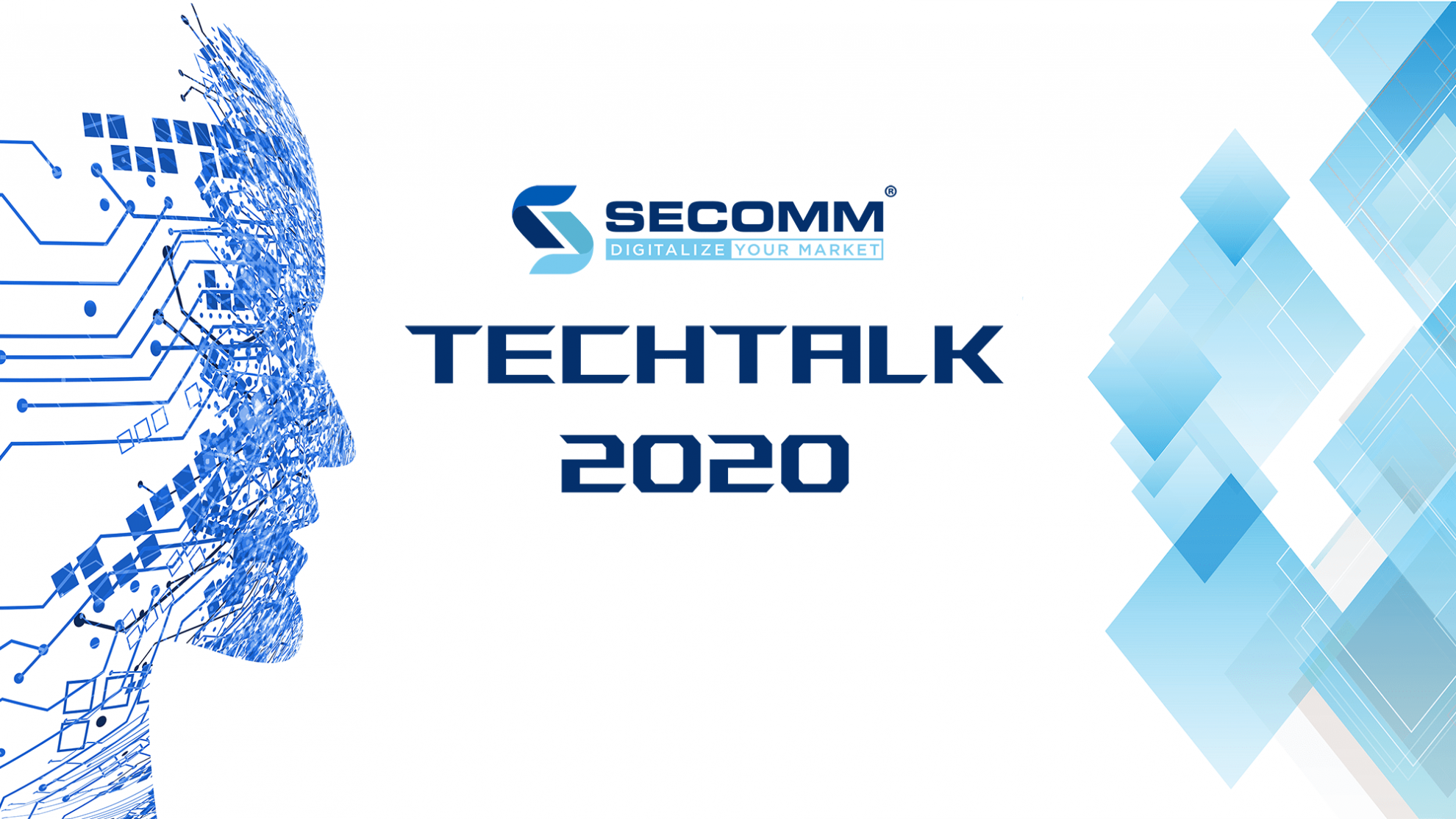
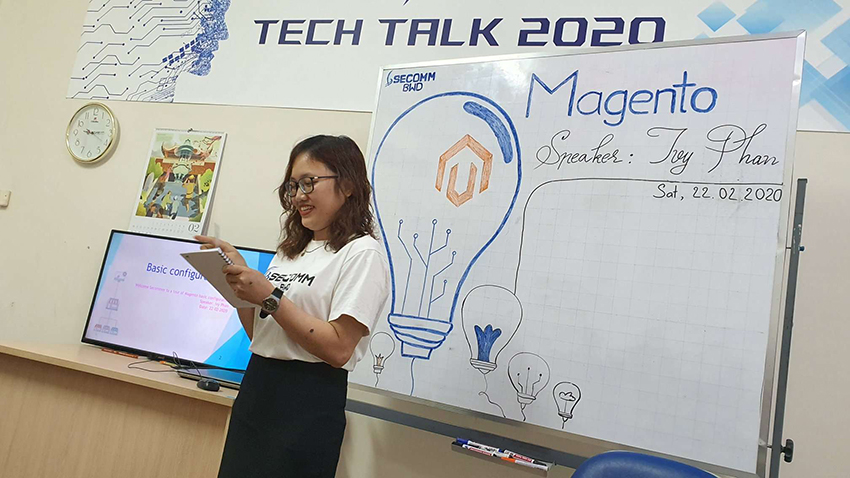


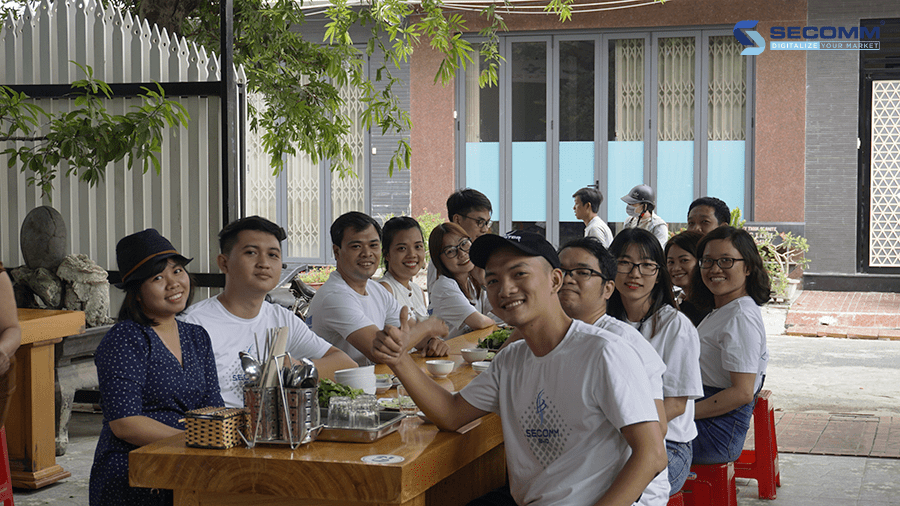






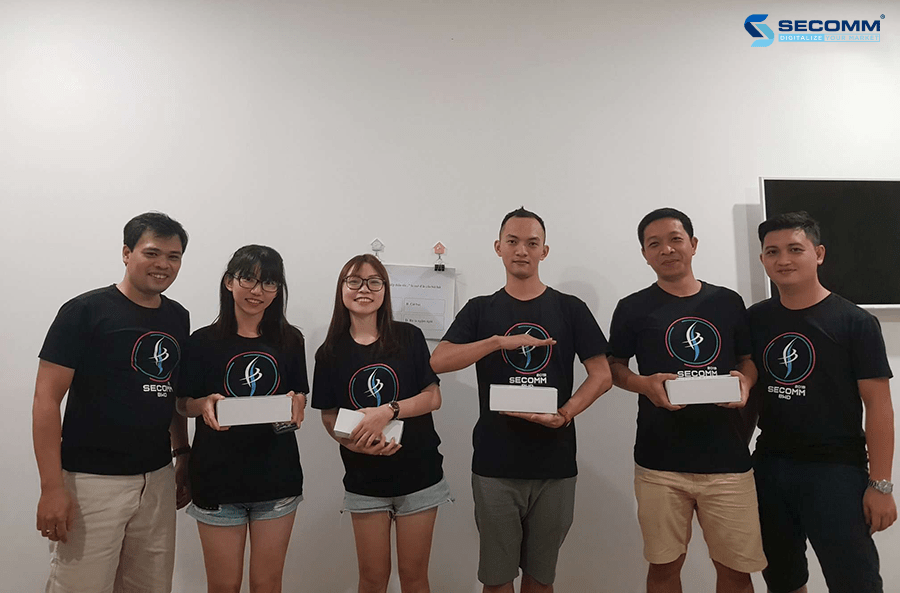



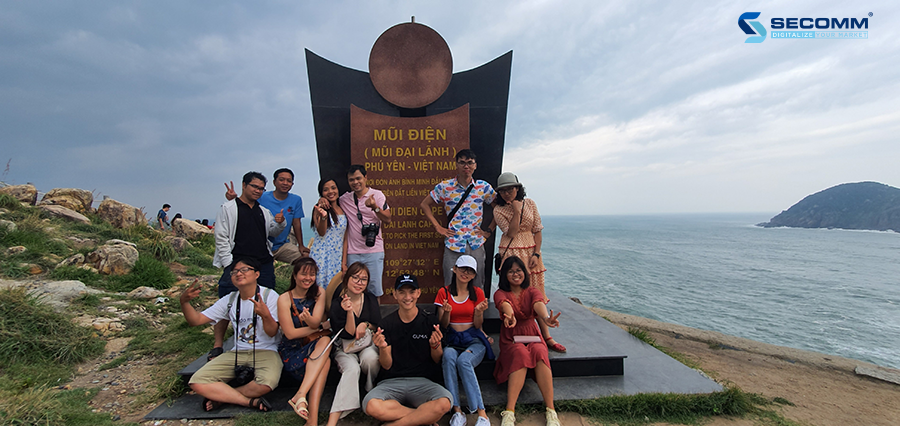

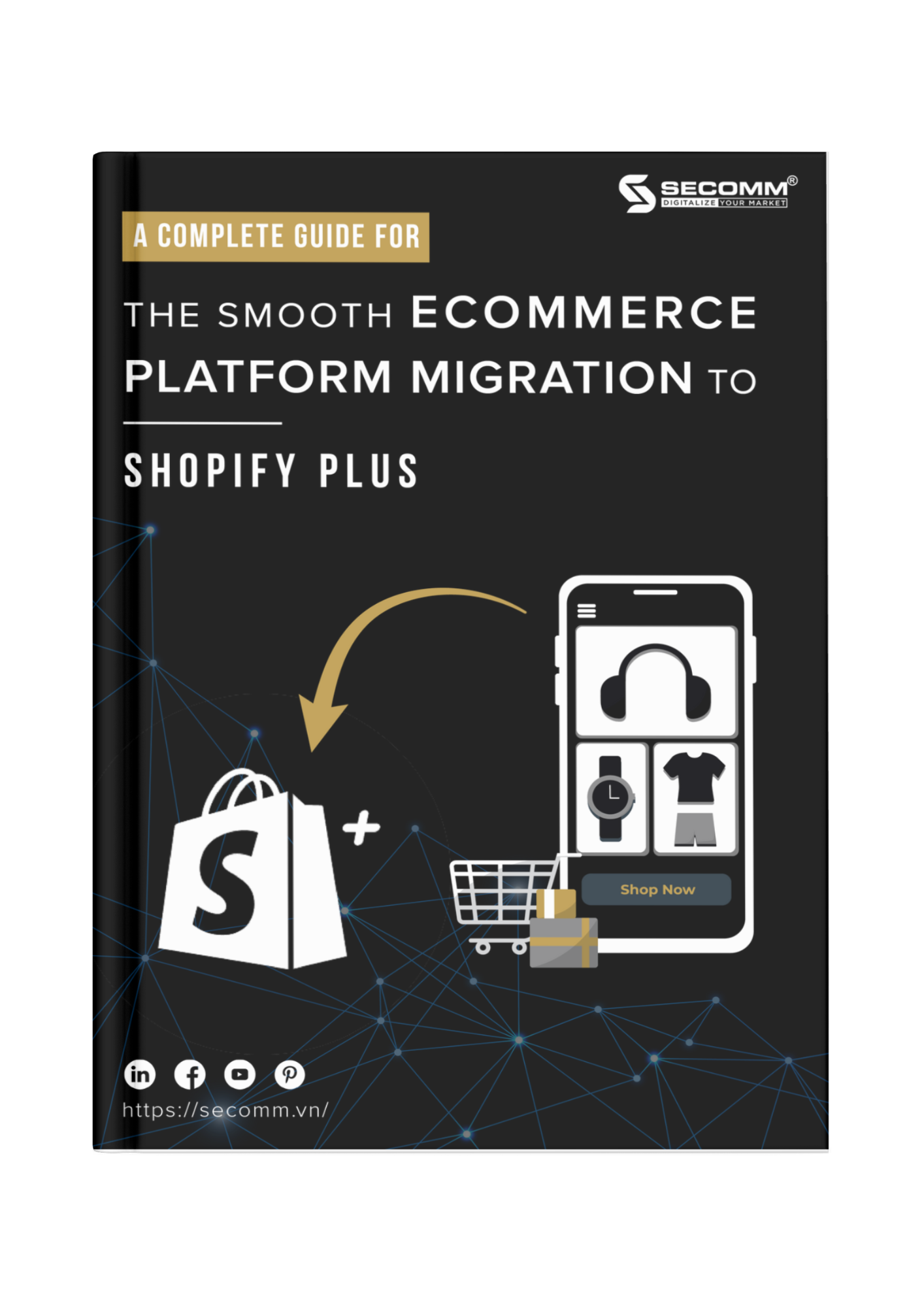



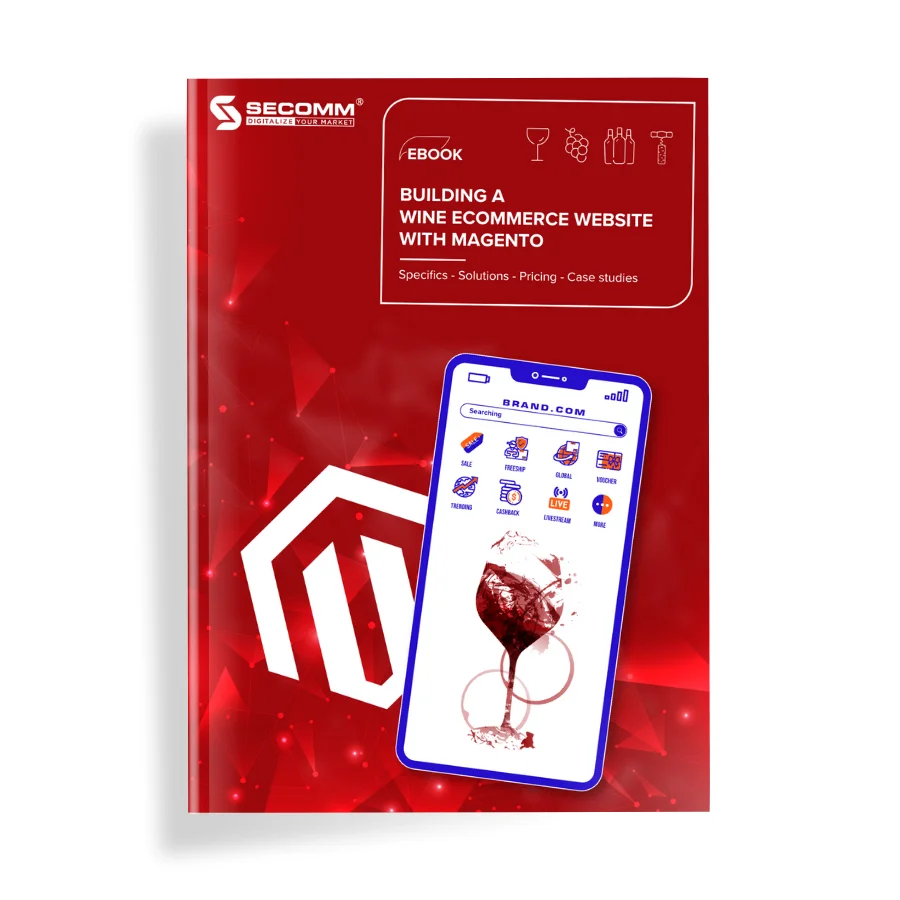
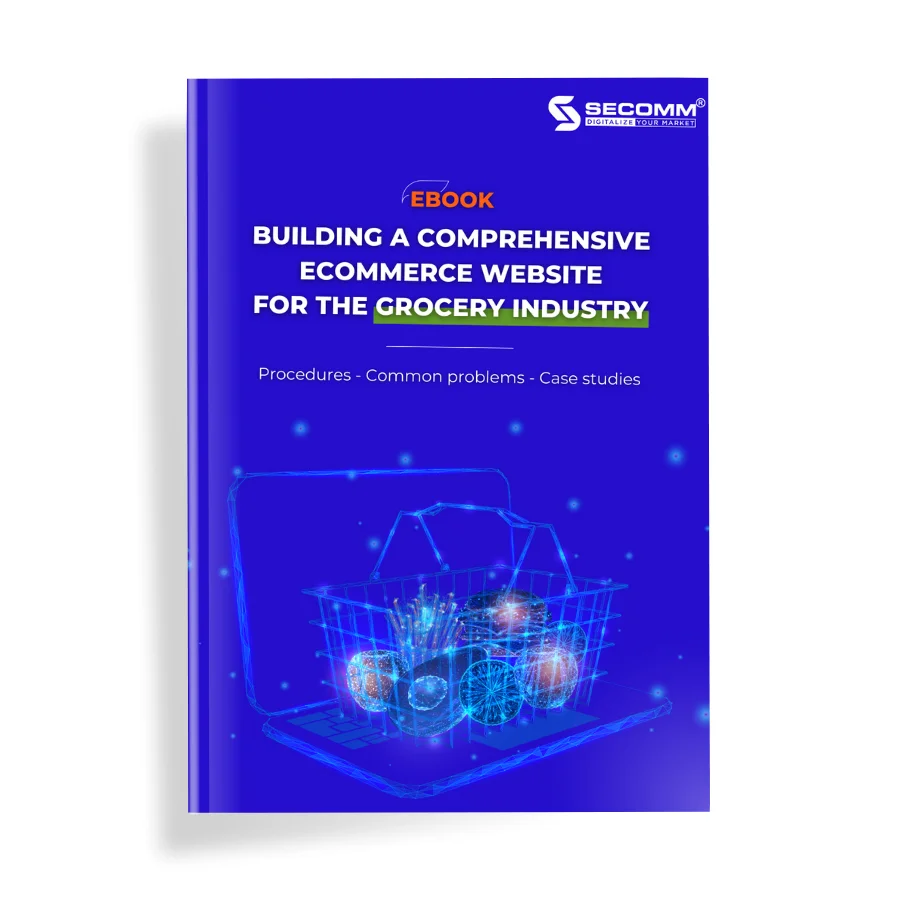
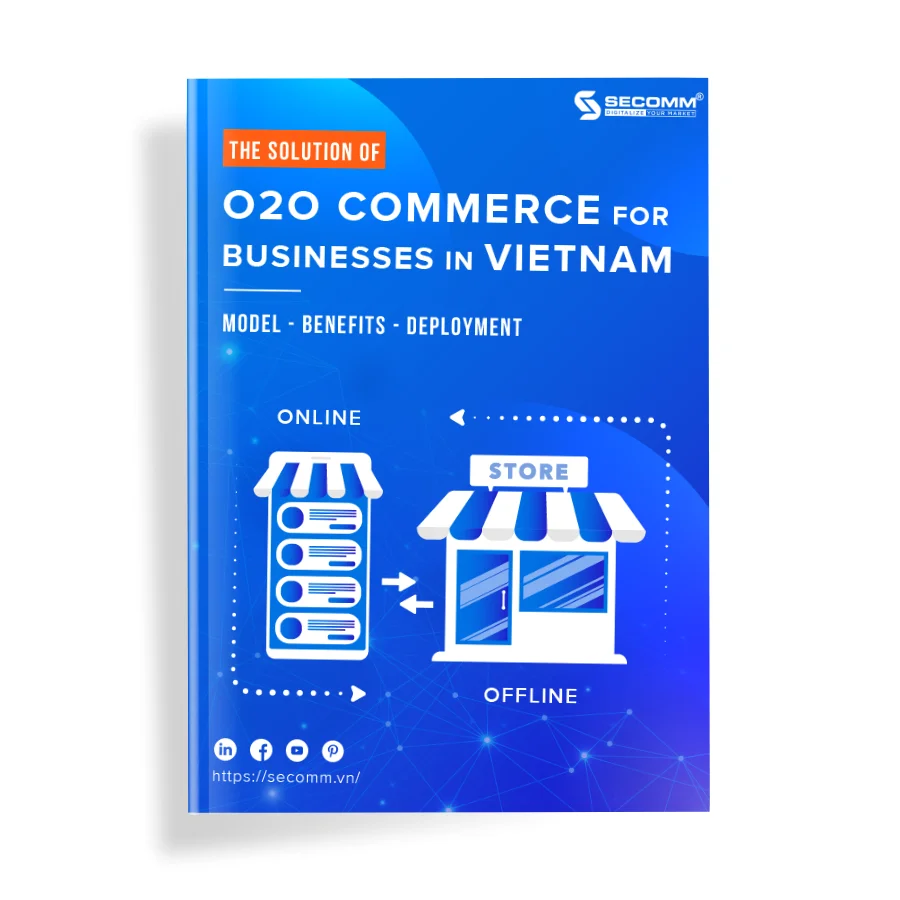
Comment (0)